Ascensus



Crystal Wang
Varshini Gali
William Zheng Advisors
Susan Ball, MD, MPH, MS
Randi Diamond, MD
Quincy Leon
With special thanks to the Liz Claiborne Center for Humanism in Medicine and support from the WCM Office of Academic Affairs, Office of Student Life, and Well at Weill.
Contact wcm.ascensus@gmail.com with submissions or questions
To
Readers:
Ten years of change. Ten years of creativity. Ten years of community.
This issue marks the tenth anniversary of the founding of Weill Cornell’s Journal of Humanities. From the very first edition in 2012 to our debut of Ascensus X, we have come to regard this journal as something akin to a time capsule—a relic that evolves to capture the mood and spirit of the Weill Cornell community. Each year brings together a new cohort of stu dents, faculty, and staff contributors to produce an issue distinct from its predecessors and from issues to come. Despite these transitions, Ascensus’s tradition of holding intentional space for the humanities within medicine remains steadfast.
Transition is a theme emblematized by several works in Ascensus X, a theme we all have had to confront as we emerged into this year with a new sense of awareness about the world we live in—a world that has not yet healed but moves forward nonetheless. In this issue, our contributors share how they have come to view our unique new way of life, with themes vary ing from wry humor to somber resilience to cautious optimism.
With deep appreciation, we express our gratitude to everyone who con tributed to this journal—you inspire us, and this community, to seek out and celebrate the moments in our lives where we feel the most human. Thank you also to our readers and supporters, without whom there would be no space for the humanities to flourish. Here’s to ten more years of our time capsule.
Sincerely, Varshini Gali, Rachel Mikofsky, Crystal Wang, William Zheng MD Class of 2024 / MD-PhD Incoming Class of 2020 Ascensus Co-Editors
In early 2012 the four of us had an email exchange “Re: Hum J” outlining a plan to collect and share creative work from our classmates. We discussed the format (physical booklet), content (anything), and name (Ascensus). The formal, first title was actually the Weill Cornell Journal of Humanism, a title we changed to better reflect our goal of elevating not only the art of medicine but the artistry within our institution. We hoped to expand our engagement with the practice and study of medicine and encourage both ourselves and our peers to pursue creative and humanistic work and to share it with one another.
An amazing thing happened as soon as we circulated the first edition of Ascensus. Staff, faculty, and students came together in a new and radical way. We entered a conversation: a conversation about our inner lives and shared mission, our joys and sorrows, our identity as a community. The first words were expressed on the pages of the journal, but most were exchanged off the page and conveyed the natural curiosity and caring that we all have for one another.
Ten years later, this small-scale plan is more than we dared consider when the journal was a hypothetical concept in an email. As the founders of the original journal, we are overjoyed to find Ascensus beating strong, still engaging with Weill Cornell through its pages. We hope Ascensus continues to create a door between our individual experiences and the larger institution. By using the journal as a space to share your experiences, Weill Cornell becomes a kinder, richer place.
The name Ascensus refers to an ascent. We had just begun our journey into Medicine, but in this journal we sought to reach high, to find our images reflected in a broader culture that was still so new to us. Today, the name continues to ring true to the journal’s mission: to heighten reflection, beauty, and joy in this community, and to highlight how closely we are all connected.
Peter Barish, Class of 2014
Elan L. Guterman, Class of 2013
Jon Huggins, Class of 2014
Daniel Shalev, Class of 2015
Founding Editors
Evans
Wang
Student,
Medical Student, WCM
Nahomy Ledesma Vicioso
WCM
Medical Student, WCM
Crane | PGY2, Internal Medicine, NYP-WCM
Snowy Night
Morrison
Salted Pretzel
Miao
Medical Student,
K.H. Miao
Mohammed Verjee
Sliding Away
Dean, Medical Student Affairs, WCM-Qatar
Wong | Postdoctoral Fellow, Burke Neurological Institute, WCM
On the Passage of Time
Zhu | Medical Student, WCM
Horizons
Madeleine Schachter | Assistant Professor, Medicine, Division of Medical Ethics, WCM
Social and Physical Facets of Disease
Lina Yagan | Medical Student, WCM-Qatar
Ilana Kotliar
Graduate Student, TPCB, WCM
No Longer the Nice Doctor
Heba Altarawneh | Medical Student, WCM-Qatar
Harvey | Medical Student, WCM
Memory Retrieval
Anu Goel | Medical Student, WCM
Place Park
Ilana Kotliar | Graduate Student, TPCB, WCM
the Pond
Wong | Postdoctoral Fellow, Burke Neurological Institute, WCM
The Differential Diagnosis:
Sun | MD-PhD Student, WCM
Autumn Bow
Tara Pilato
Medical Student, WCM
Bow Bridge
Mikofsky| MD-PhD Student, WCM
of Time; Curious or Oblivious?
Nasser Al-Khawaga
Iosim
South Hall
Medical Student, WCM-Qatar
Medical Student, WCM
Cheema
of Healthcare Policy and Research,
LaScalea
the Sea
Professor of Clinical Medicine, WCM
Ryka Sehgal | Medical Student, WCM
We Rise
Ilana Kotliar | Graduate Student, TPCB, WCM
Alan Weber | Professor of English, WCM-Qatar
Zheng | Medical Student, WCM
Touhany II | Medical Student, WCM
Gait to New Beginnings
J.H. Miao & K.H. Miao | Volunteers, WCM
Portait
Crystal Wang | Medical Student, WCM
February - March 2021
Mikofsky | MD-PhD Student, WCM
Untitled
Jacquie Howard | Administrative Specialist, Geriatric and Palliative Medicine, WCM
Doyers St. During COVID
Tara Pilato| Medical Student, WCM
Back, May 2021
Mikofsky | MD-PhD Student, WCM
Spring & the UES
Keith LaScalea | Associate Professor of Clinical Medicine, WCM
Nahomy
Wang
Mask
Wong
Student,
Medical Student, WCM
Fellow, Burke Neurological Institute, WCM
and Other Difficult
Rozaleen Aleyadeh
With You
Grant
Go
Medical Student, WCM-Qatar
Medical Student,
Tarek Khalil
Mikofsky
Medical Student, WCM-Qatar
MD-PhD Student, WCM
Oblongata
Miao & K.H. Miao
Volunteers, WCM
William Zheng | Medical Student, WCM
Way It’s Always Been
Chiara Evans | Graduate Student, Pharmacology, WCM
Pilato | Medical Student, WCM
Fabiszak | MD-PhD Student, WCM
A Light at the End of the Tunnel
Aparajita Sarkar | Pre-Medical Student, WCM-Qatar
Just Above The Surface
Chiara Evans
Pier
Graduate Student, Pharmacology, WCM
Tara Pilato | Medical Student, WCM
del Plata No. 1 - III
Harvey | Medical Student, WCM
Lee family’s daughter, Jean, reunited with her mom...
Holman
Administrative Specialist, WCM
Jennifer Akl | Senior Manager of the Institutional Animal Care & Use Committee, WCM
On the One Road
Rodney X Sharkey | Professor of Literature, WCM-Qatar`
Mikhael Bnabil, Lebanon
Crystal Wang | Medical Student, WCM `
Go Home
Rachel Mikofsky
MD-PhD Student, WCM
to Heaven
Sun | MD-PhD Student, WCM
Chiara Evans | Graduate Student, Pharmacology, WCM
Blossoms in Central Park
Tara Pilato | Medical Student, WCM
Blade of Grass
Mohamud Verjee | Assistant Dean, Medical Student Affairs, WCM-Qatar
Magnificent Beast
Victor Wong | Postdoctoral Fellow, Burke Neurological Institute, WCM
Crystal Wang | Medical Student, WCM
Zheng | Medical Student, WCM
Melissa Yuan | Medical Student, WCM
the Specialty
Sohaila Cheema | Assistant Professor of Healthcare Policy and Research, WCM-Qatar
Funny Guy Flower
Keith LaScalea | Associate Professor of Clinical Medicine, WCM
Alan S Weber | Professor of English, WCM-Qatar
William Zheng | Medical Student, WCM
Sabotage
Chiara Evans | Graduate Student, Pharmacology, WCM
Susan Ball | Attending Physician and Professor of Clinical Medicine, Divisions of Infectious Diseases and Medical Ethics, WCM
Wong
Wong
Wang
I learned you the hard way, and the right way the first time
In the back of my mind, I have often said to you
I’ve always been more sadness than actually someone
If I were to get better then, where would you go?
I know what healing means for you and me
It means cuts and scars, washing away the blood Stitches, glue, and explanations for the wounds Tears and invitations for disaster
No more arm-wrestling matches or staring contests
But mostly it’s saying things I can’t take back
That’s not something I am strong enough to survive
Because losing you could be worse than living with you

Who etched your face along my temples
Who drew your name within the sulci of my brain
Who splashed your scent in between my eyes
Who injected you into my bloodstream
Who poured you into my atria like heavy cream
Was it your god or mine
Who thought that would be fine
What’s hope to a mere mortal but a joke to the divine.

Moon Tae-joon (1970-) is a Korean poet who writes comforting poems. I chose to translate his poem titled “A Snowy Night”, a poem about snow, because it was the first word I learned in Korean. During my attempt at translation I went for a more poetic approach than a literal approach.
눈 내리는 밤- 문태준 말간 눈을 한 애인이여 동공에 살던 은빛 비늘이여 오늘은 눈이 내린다 목에 하얀 수건을 둘러놓고 얼굴을 씻겨주던 가난한 애인이여, 외로운 천체에 성스러운 고요가 내린다 나는 눈을 감는다 손길이 나의 얼굴을 다 씻겨주는 시간을
Translation by Chenel Morrison:
My lover who has pure eyes,
Who has silver scales for pupils, Today, snow falls around my neck like a white towel, washing my face.
My poor lover, A lonely celestial being Falls with a sacred calm
I close my eyes
In the moment your hands meet my face.
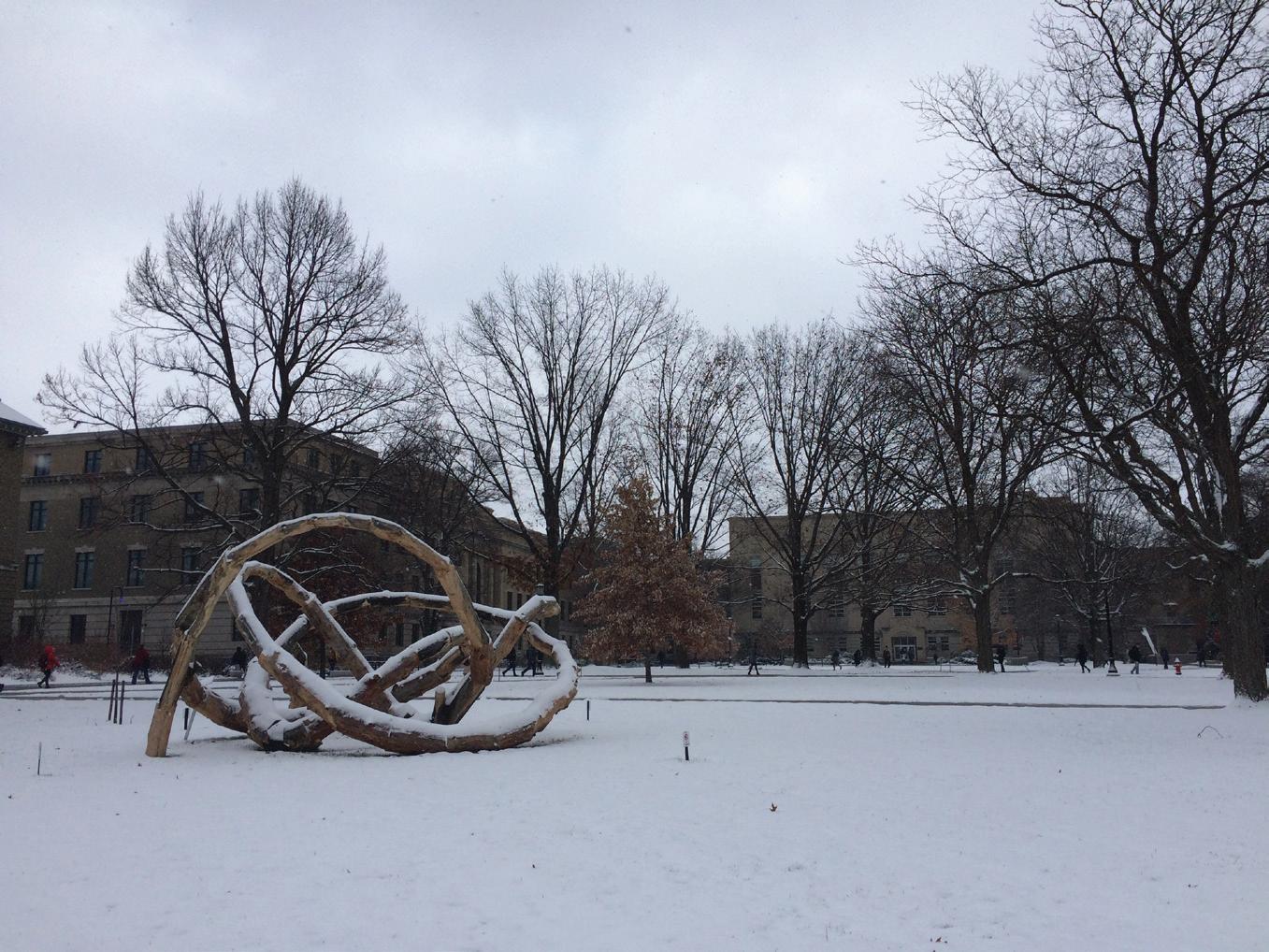
Ask yourself, what matters most in your body, mind
Brain thoughts, heartbeats, breathing, defining activity
What if something goes wrong, how will you cope?
Take not life for granted, unless beyond your control
Will you show forgiveness, be forthcoming in that failing?
Carry me to the limit of my efforts whilst living well
Life and certainly death happen, evolved in a brief parallel
Is there faith, humility, and tumbling acquiescence
What signs of our existence, a vestige, can we recall?
What is not understood, and what may we question?
Is the balance of life and faith as felt truly honored?
What pathway must we follow, what must be lost?
Oh, tender heart, how long will you still beat for me
I slept with you in peace last night, you are life itself
If you stop, I would be no more, beyond love’s catch Pray, you will never let me down, ever stay with me
And I promise to look after you, do not doubt that
My life’s blood extends to every vessel, muscle, tissue
Nobody is as grateful as I for your sustenance, loyalty
We came in this world together, united from birth
You nurtured my body and soul, credence absolute
Connected inseparably for function, fun, fantasy
Recklessness never a virtue nor needless risks but quality
Whether sick or in pain, you were always there, as in health
Times have changed, I am no longer sound and robust
Feeling my energy drain away, leaking life’s essence
And when the accident happened, the impact shocked How could this be? What did I do wrong, or was it fate?
Nearing a standstill, you did not falter, slowed but steady Each regular heartbeat as always, life loved even more
In injury, you did not forget nor forsake me, no roll over, Crushed as I was, you sustained my life, stayed with me Watching the sky, and the stars for moments, I was hurt Alone with my unwanted dream, heartbeat fading, slowing The ebbing of life as I knew it progressing, exhaling, dying Mortally wounded this time, no hope of recovery ahead
Could this be my end, as I sensed, I felt, for my colorful life Moments pass in peace, tranquility, no pain, no joy, no words How could one imagine what I would feel, know what was ahead? Goodbye dear heart, my dearest heart, we are inseparable, farewell I will love you for all time, be comforted still, on earth and beyond Knowing we shared our whole existence in such perfect harmony
This was taken in the Netherlands, and it is tremendously strik ing as it symbolized how quickly the water is rising. It also struck me as a reminder of the impact of climate change.
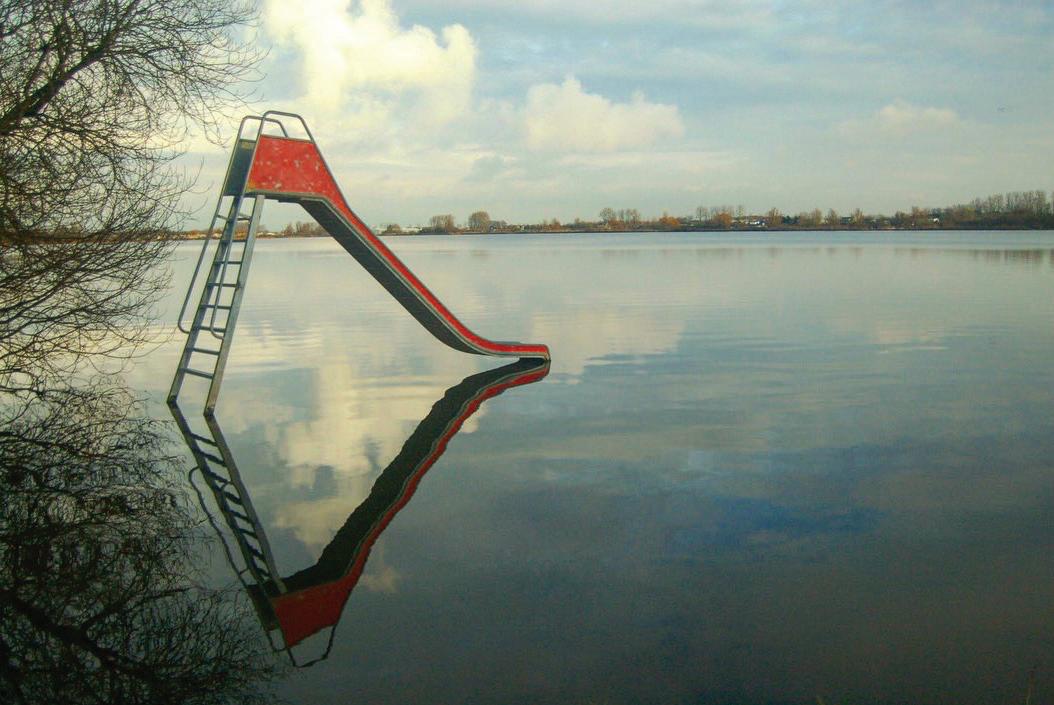
There exists a notion: time passes faster with age. Or, to restate, that we experience time not as a constant rate defined by the ticking and tolling of the clock, but rather as a rate proportionally inverse to our biological age, so that a year for a one-year old ‘feels’ equivalent to a decade for a ten-year old. To further elaborate, we can express the passage of time mathematically. Declaring a variable ‘passage’ as equivalent to the sensation of the length of time passed, we can define this term with the expression passage (time) = 1/time, and then integrate over a given period of time to obtain a value that, once normalized to one’s lifespan, crudely characterizes the fraction of a lifespan’s time ‘felt.’ The resultant integral, ln(time), is undefined for when time is a non-positive value. Of course, from a metaphysical perspective, the sensation of time before our birth is impossible to quantify or even qualify, for by definition one is yet to even exist.
So, what shall we use for our bounds? I posit that a lower bound of three years is a reasonable approximation, for there exists an infantile amnesia such that one does not recall the events that occurred when one was a baby or even a young toddler; those anecdotal claims of recalling the monstrous headache arising upon passage of one’s body and head through the birth canal are surely apocryphal. The upper bound of our integral is straightforward – we will simply approximate the length of a natural lifespan as seventy-five years, a duration that is more or less consistent, give or take a few years, throughout the developed world.
With this equation and these bounds now in mind, we can calculate forthwith the fraction of lifespan’s time for certain milestones. In this exercise, for each age range, let us define the lower age bound as one’s reaching that age and the upper age bound as one’s last day being that age:
Ages three to fourteen: a period corresponding with the halcyon days of childhood, carefree and blissful, until the realities of the real world (i.e. high school) set in.
Ages fifteen to eighteen: a period corresponding with the high stress of high school, itself filled with periods of class and periods of other types. Ew, yuck, ur disgusting! Worst. Analogy. Ever. Period.
7.3%, 57.3% elapsed
Ages nineteen to twenty-nine: a period corresponding to that of the young adult, their wings spread wide before taking off and gazing down upon the earth and its vast oceans of opportunity.
14.2%, 71.5% elapsed
Ages thirty to forty-four: a period corresponding to a sprouting of new branches upon the genealogical tree, as two becomes three or four or more.
12.6%, 84.1% elapsed
Ages forty-five to sixty-four: a period of middle age, as the forest leaves – a multi-hued panoply of greens and yellows and browns and blacks –begin their tumble downwards to settle upon the forest floor.
11.4%, 95.6% elapsed
Ages sixty-five to seventy-four: a period of retirement, for the passing of knowledge to the younger generations, for the reflection over a lifetime of memories, for the settling of affairs, one last time.
4.4%, 100% elapsed
Well, that was a fun thought experiment, wasn’t it? Fifty percent of life passage by the time of one’s fifteenth birthday! For those twenty-odd year-olds in the audience – hope I didn’t preempt a mid-life (or sixty-five percent) crisis! If you are forty and looking in anticipation of celebrating your mid-life crisis... well, I’m afraid you’ll have to make do with twenty percent of time passage remaining. Sorry!
But for those unfortunate souls who wish they had had a ‘better childhood’ or those ‘scientifically-based’ chaps who scoff at the modeling of subjective experiences based off a sham statement with a spurious mathematical equation (these two groups that are very much non-disjoint, if I may judge), please keep in mind another complementing notion: having fun passes time faster.
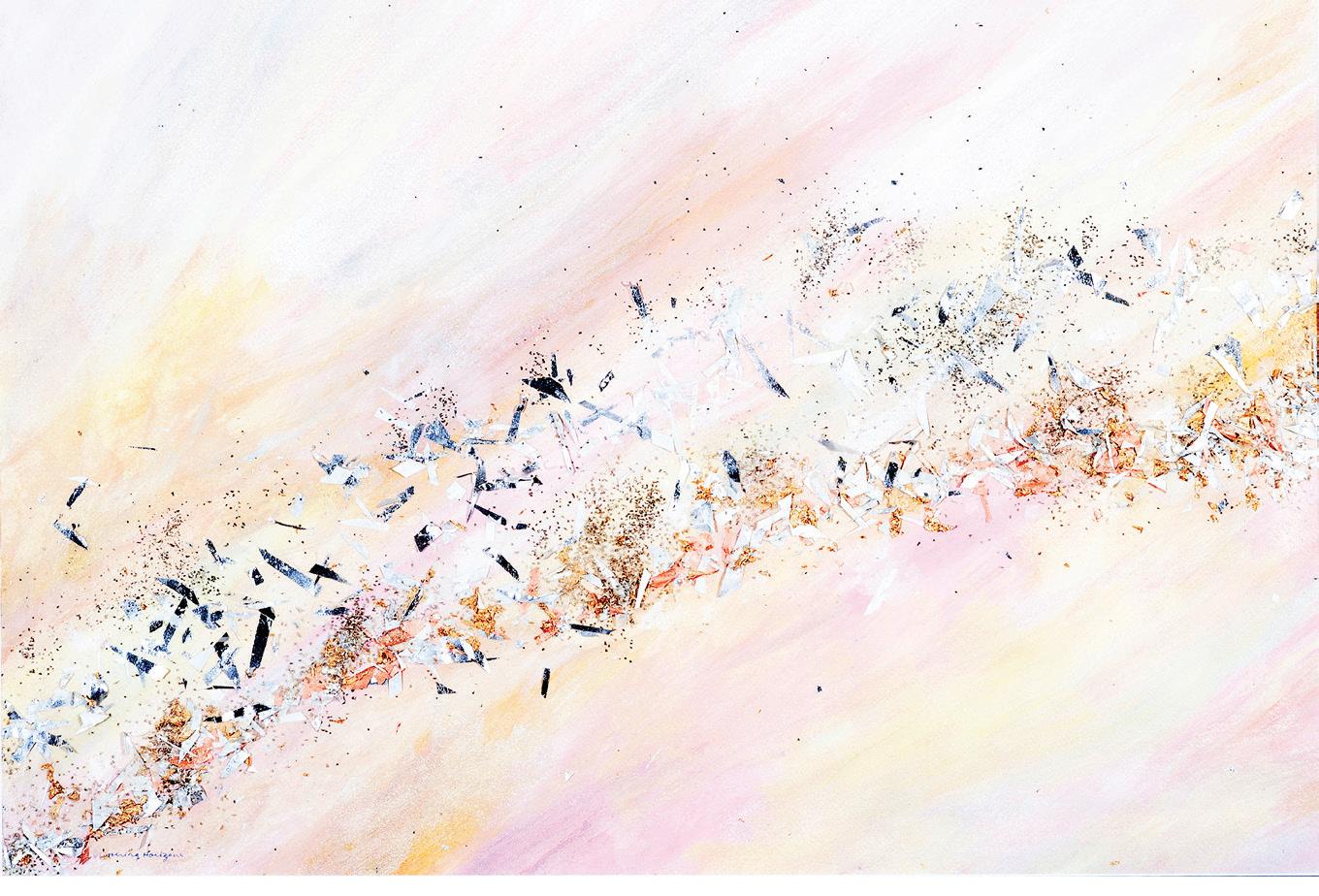
Madeleine Schachter | Assistant Professor,
Division of Medical Ethics,
One of the most devastating realizations of being a patient is recognizing that one’s body is becoming increasingly unfamiliar. A disease is isolated as a parasitic entity that has assumed control of one’s body - a body that was once taken for granted as under one’s possession. It is common for us to believe that we are invulnerable to disease and deny that we could ever become victims of bodily suffering. Although we might witness its effects on those close to us, we find it difficult to empathize. And as doctors, we are subject to those same prejudices regarding illness until we find ourselves at the mercy of our deteriorating bodies.
Sickness is a strange thing. It comes with a complete set of rituals and behaviors the people around us adopt that we too are expected to fit in. This matter is a role that consumes every aspect of our beings, from our role in society to our perceptions of self. We become trapped in our bodies as though in prisons, with all the privileges and mannerisms afforded to a prisoner. Rituals such as the lowering of the voice, intended as kindnesses, become stinging insults. And the sick are expected to fall into the role naturally, though the same kindnesses done towards them have the opposite of their intended effect.
Sickness affects not only oneself but also the lives of those closest to us. Besides the change in their demeanors toward the sick, other important aspects of their lives are also disrupted. Finances, level of function, planning and status in society all take a hit, and the friends and family of the sick must rapidly learn to adapt to their new reality. Each family member is forced to adjust and assume roles they were previously not responsible for, all while maintaining
unconditional love and sympathy. They are expected to put aside their emotions and take these new roles and constraints in stride - to ignore the weight of the burden placed upon them. That expectation is an unrealistic one, and it often results in guilt, alienation, and objectification.
For both patients and families, adjusting to these new roles is an unwelcome change. Most of us have worked all our lives to climb ladders and elevate our standings in society by making ourselves as indispensable as possible, always holding the balance of power in our favor. To find ourselves suddenly waiting upon the assistance of others is a rude awakening, and to relinquish our hard-earned standings is bitterly tough. The shift can be quite damaging to the mind, as we become occupied by mundane concerns previously thought to be beneath us. A disease forces us to stare into the eyes of a final, irrevocable defeat, and our world collapses to revolve around our body’s deteriorating condition.
The role of the doctor is tested to its utmost limits in these times. Anyone can prescribe medicine to patients who can be treated, but what sets a good doctor apart is their ability to comfort those who cannot always be cured. In the end, the value of life is only as much as we can make of it.
As doctors, it is our job to recognize that and work to help our patients survive and live truly - by not reducing them to a case or a patient in a sick role but recognizing them as people not so different from us.

“My daughter and husband are on the phone; they would love to talk to you!” Ms. T said as I walked into her room early in the morning. She was a delightful middle-aged woman I had been helping take care of on my internal medicine rotation. A small, pixelated image of her daughter and husband waved on the screen. I waved back and smiled under my mask. Ms. T introduced me as the “nice doctor.” I corrected her playfully that I still have a few months to become a doctor, but I’m delighted she thinks I’m nice.
We discuss her condition briefly, what we have done so far to try and figure out the cause of her ascites and peritonitis. She has been in the hospital for three weeks, and we haven’t reached a diagnosis. Our team and I have been trying to rule out the possible causes, pouring over rare case reports and talking to her previous healthcare providers.
I would go to her room at the end of the day to update her on the results of the diagnostic evaluations and ask her more questions about her medical history. One day she mentioned a recent skin infection she developed after a procedure, and this small piece of information helped the team tailor the choice of antibiotics. The peritonitis was slowly resolving. However, she started to develop more severe abdominal pain that we couldn’t explain. Day after day, we began escalating her pain medications, but Ms. T was still very uncomfortable. She wanted higher and higher doses of morphine every time I asked her how she was feeling.
The team and I talked to her about other non-opioid options. She was unrelenting in her quest and refused all suggestions. We had to titer the morphine dose down as she had advanced kidney failure and switch her to other analgesics.
Suddenly, I was no longer the nice doctor. She no longer smiled at me in the morning, gave me very brief answers and refused to discuss anything about her pain management regimen. Her daughter kept calling and demanding to talk to us every few hours, complaining that her mother
was not properly cared for. One day, I walked into Ms. T’s room to discuss other pain management options. She threatened to leave the hospital against medical advice if her morphine dose was not increased, screaming, and then crying. At that moment, I felt an intense wave of sadness and guilt. I could feel her frustration and pain. My heart ached. Was I taking proper care of my patient? Was I being “mean” to deprive her of comfort? Did I fail her by not being able to give her a diagnosis?
As a medical student, I looked for validation or proof that I’m a good doctor from my patient. Seeing my patient happy and comfortable, I feel reassured. I am good. I am doing the right thing. The patient and her family like me. I looked forward to meeting her in the morning. Now I became the villain. Frustrated, I talk to my team and attending about the conflicts I am going through. I was feeling discouraged that we haven’t even been able to give Ms. T a diagnosis and thinking that at least we should be relieving her pain.
“It is not about us. It’s about the patient,” my attending gently reminds me. “It can be very disheartening to care for a patient with opioid dependence, especially as young doctors. If the patient is happy, we have done our job well. After all, we practice a profession where people often expect us to be heroes and healers. We all want and aim to help our patients, making them happy, but many times we have to discuss options and diagnoses that they won’t be happy about. Your belief that you are doing the best thing for your patient shouldn’t be solely derived from your patient’s happiness”.
Leaving the hospital that day, I began to reflect on what made me want to be a doctor. Is it the rewarding feeling of being able to diagnose and successfully treat a patient? Is it the ability to relieve pain? Is it receiving praise and thanks from my patients? While all these are valid motives that make me love my job, I wondered about days when this is not the case.
Days like today do occur, when a patient is upset that we have not provided a diagnosis or alleviated her pain in the way she wants. It is understandable to feel sad and disheartened seeing our patients in pain or uncured. But at the same time, these feelings should not make us question our self-worth as care providers. We try to do our best, and still, that might not always be enough to reach a diagnosis. Our best might also not be able to relieve a patient’s pain. Efforts to communicate these challenges to our patients might also be met with disapproval. On those days, I find it important to remind myself that what I can control is the endeavor, not the outcome.
I didn’t actually know this song was originally by the Beatles. I heard the version by Boyz II Men first and it was an instant classic. I really like to play this song whenever I’m feeling nostalgic. Also, playing this song always makes me recall warm memories of different people I haven’t seen in a while (and acts as as nudge to hit them up).
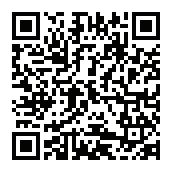
As I begin packing to move to a different city, items that I kept for one reason or another over the years are slowly come out of hiding.
Most of them immediately went in the trash, but some caused a pause. Seeing them brought memories to mind, moments that wouldn’t have otherwise been triggered. Despite their fading from an easily accessed place, these memories had a home in forgotten objects instead.
Of course, the neglected things are not the only ones I associate with important memories and people. Many articles are prominently displayed for the exact reason that they hold sentimental value.
It is these newly re-discovered objects, however, that illustrate how in the absence of a more permanent means of documenting our stories, if these items were to get lost in the shuffle, the moments we’ve stored in them would be gone too.
2016
August: A receipt for a suit. Proof that I was nervous I wouldn’t get into medical school and wanted to put my best foot forward. Of all the advice I have accumulated as a medical student, I probably have the most to give the young man who bought that suit.
2017
August: Camping dining and utensil kit. Something I bought and used one time while spending a weekend doing something I didn’t enjoy in an effort to bond with my future classmates. Not all easily navigate the social dynamics of young professional students in New York, but eventually, they will find their people.
December: A copy of a flyer advertising a story-telling night. A beautiful piece of art and a representation of the idea that teamwork really does make the dream work. A sad symbol that eventually we must relinquish control of our vision.
2018
January: EKG calipers. Perhaps the last remaining piece of evidence that will trigger regretful feelings toward an overinvestment of time and energy in learning during the preclinical curriculum.
March: A printout of a chapter from The Wounded Storyteller by Arthur Frank. A primary source with annotations in the margin that documents the wonder and excitement that sparked the beginnings of a young doctor’s professional identity formation, toward becoming a future doctor with a passion for understanding patient narratives.
July: A copy of The Best Things to Do in New York City by Caitlin Leffel. A small encyclopedia that collected dust because one can’t force experiencing the entirety of NYC over the course of a Summer, and because the preferences of one author do not equate to the desired exploration of another.
September: A cardboard box with 12 neatly stacked copies of Ascensus Volume VII. A powerful stimulant that evokes images of a wonderful community gathering around an art show and Journal launch. It brings on feelings of accomplishment and pride.
October: A program from The Nocturnists: New York City. A whirlwind of stories and emotion surrounding personal stories about healthcare from medical school through deanship. The night marks the beginning of a new struggle between wanting to tell stories and worrying that none of my observations are truly original.
December: A Spotify playlist entitled “Transition to Clerkships.” A strong reminder that genuine advocacy and attempts at connection make memorable and effective educators.
2019
January: A copy of a psychiatric interviewing guide. A glimpse into the foolishness of a young medical student who thought that humanism, communication skills, and psychiatric intuition could be learned by reading from a booklet. This is when I started to become interested in the mechanics of experiential learning.
March: An expired subway card. Memories of a then-buddy-now-bestie occasionally accompanying me on the subway to work each day. Questions and regret arise regarding why I went to Brooklyn for 6 weeks and didn’t explore the borough beyond the hospital and clinic.
April: A greeting card that says, “The World Needs More People Like You,” purchased in Portland, Oregon. Besides the conference poster, this is the remaining memento of a beautiful weekend in Portland eating delicious food, going on nature walks, and learning about others’ research. Sometimes you can mix business with pleasure.
June: A single masala chai teabag, tucked away in the corner of a cupboard. Somehow it had escaped from its dozens of friends. A taste of home placed neatly in the cupboard by my parents who spent a few days in the city because I had a vacation week. There is often chai at happy moments, and the aroma triggers such memories from both childhood and adulthood.
August: A handout entitled “Daily Presentation on Attending MICU Rounds”. Anxiety working in the ICU. Scribbled all over the margins are a dozen nuggets of presentation and clinical-reasoning wisdom that I physically carried with me through my fourth year. For whatever reason, the engaging feedback I received that week ignited the flame that became a desire to understand and hack my clinical reasoning and decision making as cognitive processes.
October: A set-list for a weekend gig with the band, scribbled on the back of the prior day’s handoff. A reminder that patient care often dominates our life during clerkship year, but we can still use that precious day off to water and nourish who we are outside of clinical medicine. This one makes me miss my bandmates and appreciate the stroke of luck that brought us together.
November: A program for a Freestyle Love Supreme show during their limited run at the Booth Theater. It feels good to be invited to something that is right up your alley because another person recognizes that it aligns with your interests. It is extremely fun to see a live performance after following a group for over 10 years. It is possible to have a fun night out while on the surgery clerkship. Comedy and music are amazing.
2020
February: A sealed certificate stating I did indeed take Step 1. A reminder that in the grand scheme of things this was only six weeks and life didn’t change that much. Throwing this one away.
April: A two-sided 8.5 x 11 sheet of paper with names and contact information for restauranteurs and philanthropists scribbled all over it. An informal rolodex. My souvenir from a month-long effort to feel less useless in the epicenter of a pandemic during its peak. Also, evidence that my introversion has a floor and I do seek some level of connectedness.
June: A poem I wrote during a narrative medicine session entitled Light in the Darkness. When we engage in psychologically tolling tasks during the day, we attempt to reclaim time for mentally relaxing activities by staying awake later into the night, usually browsing content on the phone or laptop. A dim screen light in a dark bedroom. The poem is a note to me that part of self-care is indeed self-reflection, debriefing, setting boundaries, and sleeping, but browsing content to escape can help too. Further affirmation that I valued community over total isolation in the pandemic. I have had amazing role models as my own journey promoting narrative medicine continues to develop.
July: A red facemask ear-saver, snapped in half from excessive use, epoxied together, and snapped in half again. A gift from someone who spent a month on a COVID unit and thought I would need this tool when it was my turn to tackle the wards as a fourth-year. One of the first moments that I recognized how nurses are much better at approaching this like a job than we are, and there’s a lot we can learn from them about how to care for ourselves while at work caring for others.
August: A silicone bracelet that says, “What Doesn’t Kill You Makes You Stronger.” A gift from a six-year-old girl who had spent a month in the hospital. An insight into the resilience and willpower of children who face serious illness, and a pledge to honor their individual coping strategies as we help them heal. There are different traumas and responses to them during and after a battle with a disease.
October: A thick printout of my entire residency application. Supposedly a written documentation of not only my achievements but also my overall narrative and personality. More realistically, proof that you can’t represent a whole person and their subjective experience on paper.
December: A sheet of giftwrap, which once encased a thoughtful holiday gift. Two gifts in one. Good friends will pay attention to the details.
This sampling of kept items is a wonderful store of memories. They document the life of a musician, medical student, and brief New Yorker. Some of them showcase pivotal moments and breakthrough developments in my identity formation as I grew into a future internist and pediatrician with a passion for narratives and stories.
As I choose what to keep and discard from the past, I must also choose which of the things that are important to me today I will take with me to
the next stage of training.
A pandemic journal with daily musings that documented my COVID experience, a cookbook that repeatedly brought friends together around food, a book about decision making that led to thoughtful discussion, a placard on which I wrote that I had matched into residency, and much more.
Each of these carries its own memories and moments that are less distant in my mind, but no less representative of who I am today at the end of medical school. Of those which I decide to carry forward, some might remain prominently displayed, and others might go into hiding, their meaning to be re-discovered at a later date.

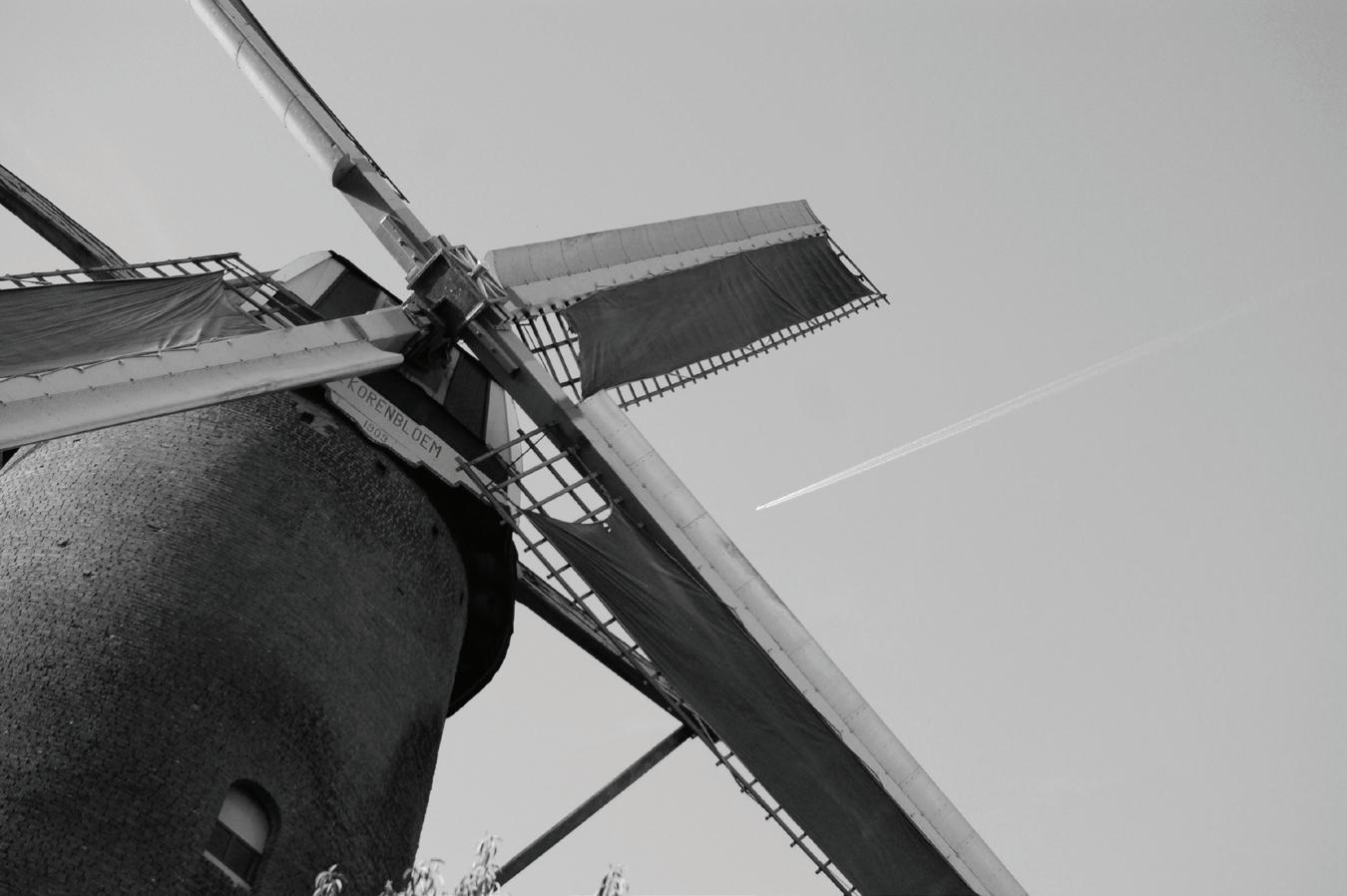
This was taken on my Nikon camera in the Netherlands as a Visiting Scientist. It immediately made me nostalgic, and I wrote a poem as follows:
I rose to the
Sirens from a distance that grew deafening Across the street
I began to wonder
What was happening
An airplane soaring by And I fly
When I returned to clinical rotations after bench research, the most unique challenge was adapting to a new method of thinking, one that seems to be based on starting from the end result (diagnosis), or end results, and working backward. For example, when encountering a patient who presents with chest pain, the questions to ask next and the subsequent physical exam seem to depend more on knowing the differential diagnosis (end results) than understanding the molecular pathways that contribute to chest pain. When I was working in lab, there were times when it was possible to derive answers based on an understanding of molecular pathways or other basic principles, similar to how mathematical statements and arguments can be derived from fundamental axioms. In clinical medicine, there is sometimes no method to derive a solution. For instance, following a recent discussion during my ambulatory triage rotation, I realized there was no way to derive that Haldol is better than Zofran for acute treatment of cannabinoid hyperemesis syndrome; the result is empirical, based on the 2021 HaVOC trial, as often can be the case.
This style of thinking—starting from end results rather than deriving from basic principles—is something I also use when playing improvised music in jazz groups. For many chord progressions, I have a repository of themes and variations that go with them, depending on the situation. The common ii-V progression appears in the music of Mozart (he and his contemporaries and predecessors were experts at musical improvisation, a skill that seems to be less emphasized today in music education), Charlie Parker, The Beatles, and Bruno Mars; the theme I choose to play over this common progression changes depending on the context. Having a variety of themes and variations, then, is an important part of playing improvised music. In the same way that I build my archive of differentials for patient presentations, I build my archive of musical themes and variations by working on
scales, arpeggios, and other patterns, not knowing exactly when they will be applied, but trusting that they will be prepared in case the appropriate situation arrives. In our medical training, we practice with UWorld questions, and not only ones related to patient presentations we have encountered. Rather, we do all available questions, with the goal of building a fund of knowledge that can be applied when seeing unfamiliar patient presentations in the future.
This fund of medical and musical knowledge is something that continues to grow and evolve, and seems to represent a kind of shared language. In the same way that any physician trained in allopathic medicine knows about acute coronary syndrome, pulmonary embolism, reflux, and costochondritis, any trained jazz musician can get together with a colleague and play All The Things You Are, Autumn Leaves, Confirmation, or Giant Steps, without prior rehearsing. Importantly, playing improvised music over chord changes is not usually done randomly, but more based on prior knowledge of melodies that make sense for the presenting chord progression and musical style, very similar to the differential diagnosis method for approaching a chief complaint. The idea that subtle differences can tip one diagnosis in favor over another (and thus affect medical management) also applies to jazz improvisation—playing over a major ii-V is different than playing over a minor ii-V, even though the difference is subtle; management of acute flank pain with or without fever and leukocytosis is quite different.
I find that seeing a new patient or starting a new jazz solo creates a similar feeling of excitement and uncertainty. When I start my improvised solo, I have to think in real-time, and pre-hear the phrase before I play it, all the while still playing, because the time of course keeps going. Both the music room and patient room involve interactions in realtime, so I keep in mind advice from a music mentor: “hearing is not the same as listening!” Asking questions to patients is not random, and is not simply to check off a list of ROS questions, but rather is based on both the differential diagnosis and real-time patient responses. Dr. Ogedegbe reminds medical students to “start stealing differentials! Your patients will thank you.” Jazz musicians may very well apply similar advice when they learn, quote, and apply the musical language of their predecessors and continue to listen in real-time as they make music happen.
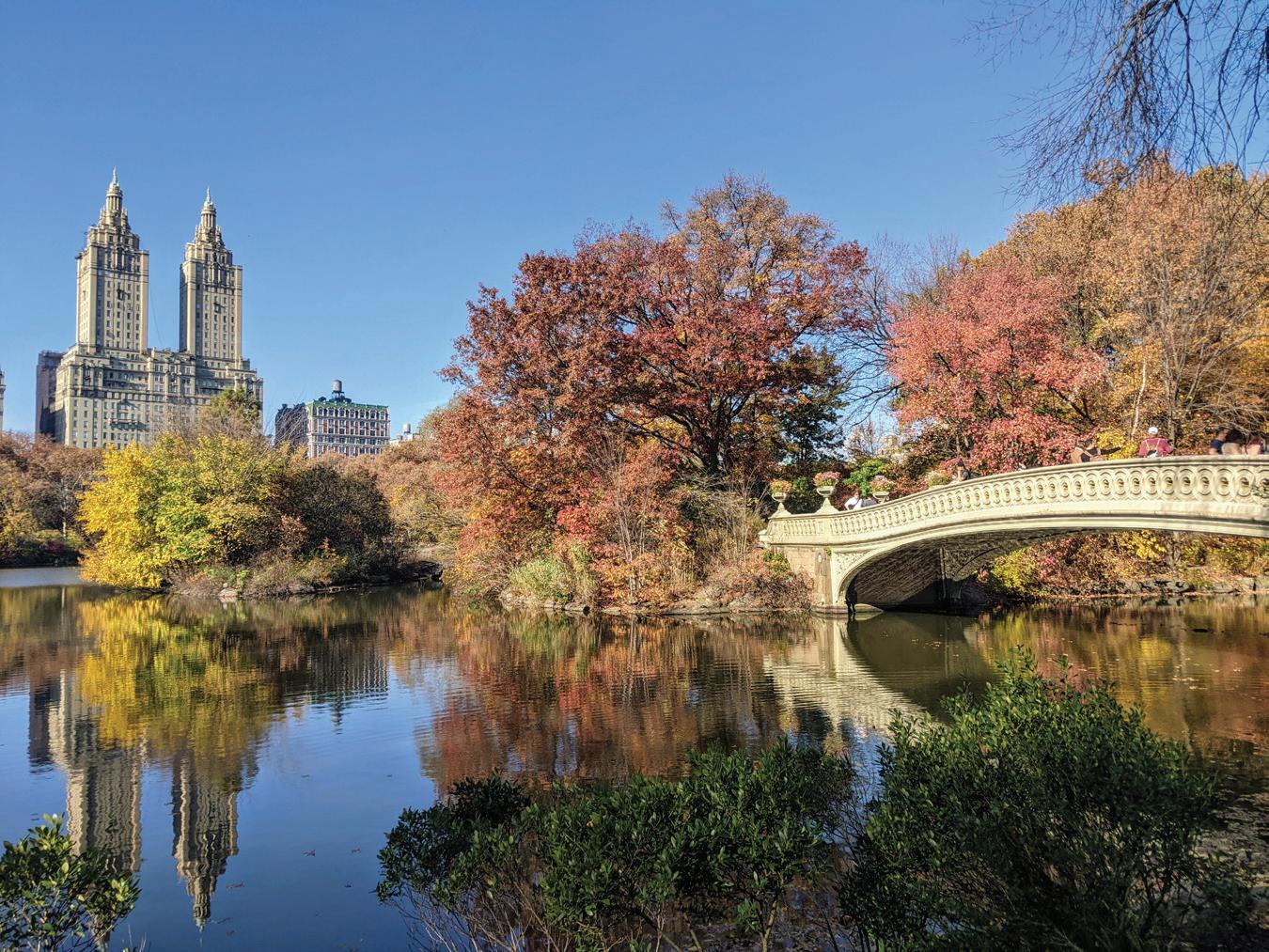
 Photography Rachel Mikofsky| MD-
Photography Rachel Mikofsky| MD-
Moments have passed and we are frightened
By an invisible enemy who is fighting
Striking swiftly as if it was lightning
Though it showed up uninvited
Days have passed and we are uneasy
As the entity’s nature seems to be greedy
Costing lives and hurting deeply
Will the uncertainty ever disappear completely?
Weeks have passed and we are alive
But it feels like it’s twenty-twenty-five
Six feet apart, it will no longer thrive
A powerful measure to help us survive
Months have passed and we are aware
Soon it will be over, possible to bear
A long-awaited reward for those who care
The priceless joy of clean, fresh air

I walk the empty hallway - the silence is deafening
The walls are pristine, off white, sanitizer dispensers placed strategically throughout the length of the side walls
The ceiling of the hallway stretches two storeys high – spacious and welcoming
I can hear the soft pat my shoes make on the floor while walking –left right, left right, left right – rhythmic and monotonous
My only companions are the male and female mannequins wearing the college’s branded merchandise standing in the gift shop booth – watching me silently as I pass by the glass booth
I hear the air conditioning humming distinctly - in some areas where the vents are placed – it is much louder (the wind blowing with gusto putting zealous effort to keep the building cool from the summer heat)
Bright red seats line the hollowed wall edges – stickers placed on them showing the red cross mark (it reads – This seat must remain unoccupied) and the green stickers with an arrow (it reads – Please sit here)
In a section of the hallway, tall high-backed lime green and rust chairs lie interspersed, facing each other– physically distanced at precisely 2 m – contemplating, seemingly at attention, welcoming you silently, waiting patiently for humans to sit or lounge on them
In another section orange triangular modernistic chairs are placed distanced again at 2 m, facing the walls – the empty off white gleaming wall stares back at them lifelessly
Through the patterned section of the wall, sunlight streams through the frosted glass – forming a criss cross pattern on the shiny marbled floor – a perfect sharp image of the wall pattern
A cupboard full of trophies stands proud, a testament to the student achievements of a bygoneby gone era
The floor appears shiny – unwalked on, with hardly even a speck of dust
I hear some movement far away down the hall– I see the handy man rolling a trolley – it’s wheels clacking – slicing the silence
I am nostalgic thinking of times when life, laughter and human voices reverberated in the hallway – oh how I miss that!
I continue to walk the empty hallway – waiting!
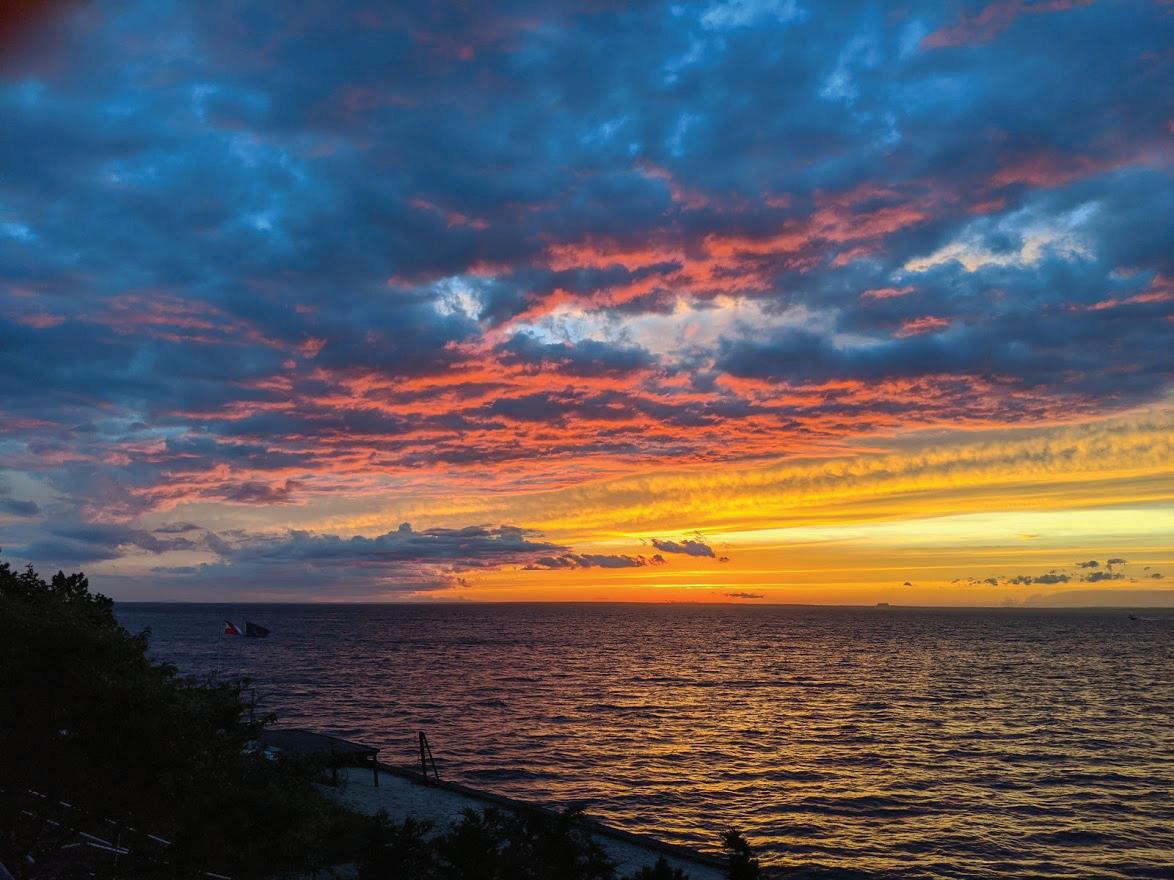
I ask you what you miss the most and you say the beach
The beach with my son, you say
The one we used to walk along in the early evening
When the sun hadn’t set and my own father was still alive
My own father, who had esophageal cancer, you say I’m glad this is probably just an infection, you say
Adjusting my stethoscope, I swallow
My own throat painless, cavernous, empty Hollow
You crack an easy grin behind your beard
And it stretches the muscles down in your neck
It stretches the place there where something insidious hides For your throat is not hollow
Though we don’t know it yet
Surely we’ll get the results back soon, I say You’ve already been here quite some time
Sorry to keep you longer, I say Beats going back to that house, you say Beats being where my father isn’t
Somewhere downstairs
On a low, low floor
Someone stands with a piece of you in their hands, in a dish
Someone decides, the way it was decided for your father, That perhaps your feet will never again feel the sand, so soft
Whatever happens I have no regrets, you say
I smoked heavily, drank deeply, lived loudly
I did everything wrong and everything right
Hopefully we’ll have some good news for you soon, I say Sure does make you think though, you say
Sure does, I say
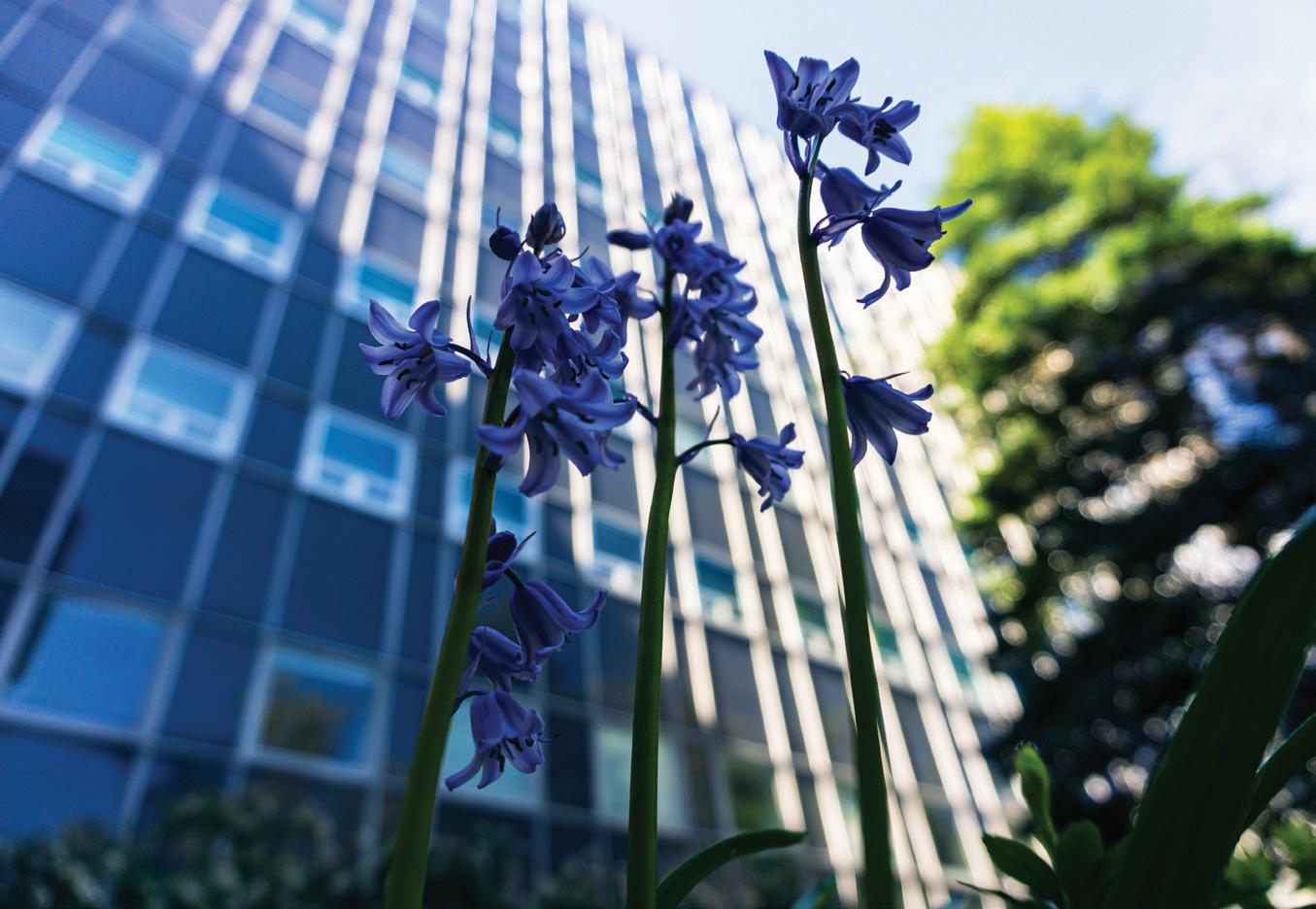 WCM
WCM
Although my lodestone failed And fantastic arms entrap my sighs Like a breathed dream I was floating in on my broken shoe, unclean
I await every slowed drop
From your eye, balm to the billowing Muscle between my ribs With flowers you are weeping Intended for my parting.
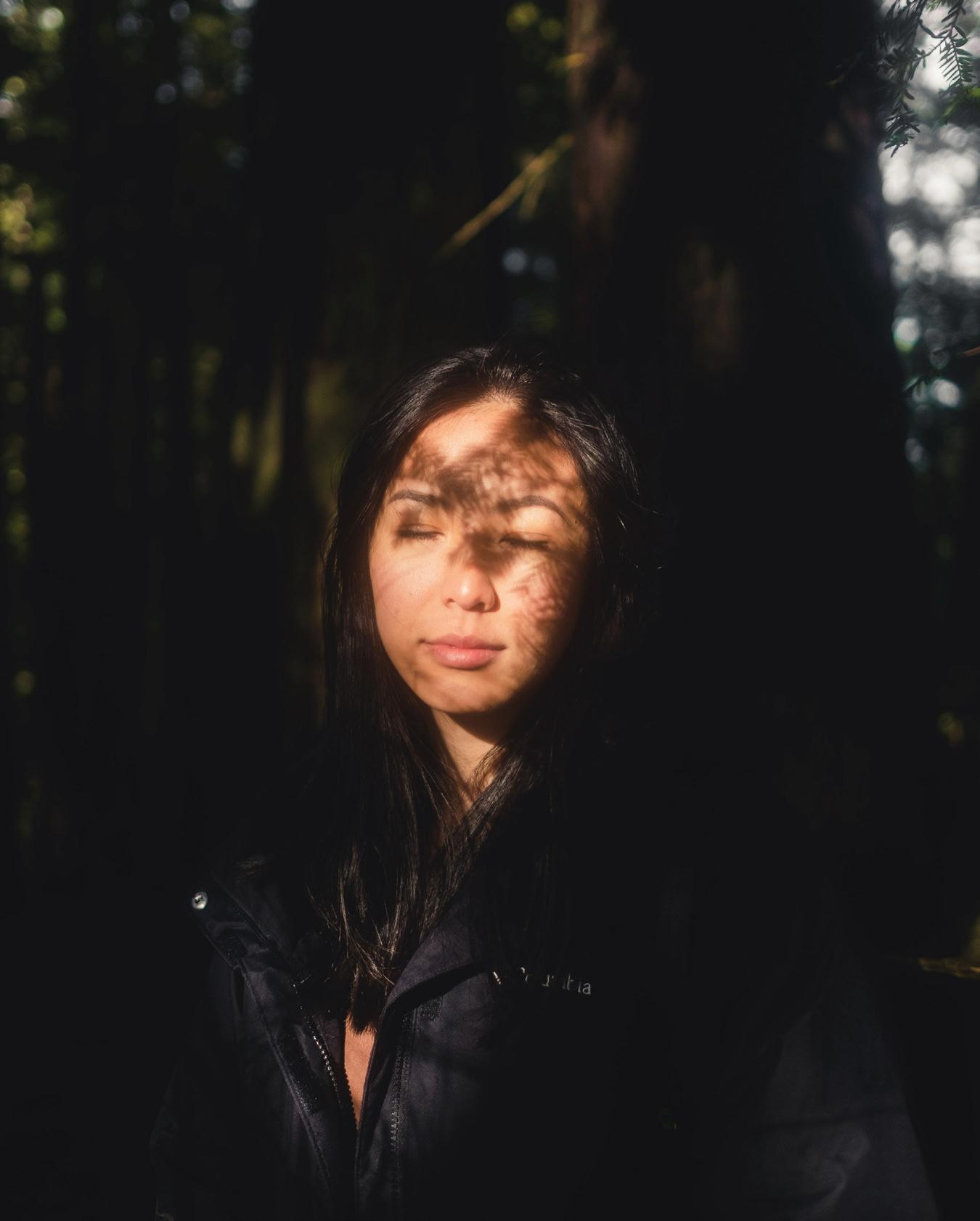
There I am, standing next to my Mother and Father in a past I hardly remember.
Bright, colorful leaves whisked across the camera’s lens foreshadowing a change of seasons.
They say a picture is worth a thousand words. Awe inspired by what it captures. What could be missed? Rocks slipping through my fingers.
Only the gentle shine of the sunlight upon our darkened faces, our dull white teeth brightened by it.
The distance between us strikes a crescendo. With our arms embraced, everything was perfect.
…
Melted into the soil just as all things do, your body giving way to the Earth around you.
I tell myself it is not over, that it’s just beginning. We’ve been taught a new life awaits.
We’ve been taught life is not lost, but merely transformed – made a part of what it once was. We owe the universe our creation. Our continuation.
The garden you tended now runs wild, your shoes will forever remain empty.
I will look across the table for your eyes, a hopeless gaze that will never be met.
I will search for you, Until your eyes meet mine again.


It consumes you, I know, it consumed me too, in a way.
I see the same gnawing scar left in all the hollow faces on the street. It was a matter of time before it came for you and me.
I wish you’d told me sooner, when you waited to get the test, and waited for the result, And waited until you felt it seeping in. Who were you keeping it secret from? Me, or you?
I grabbed everything I could carry from the CVS, walking back that Friday midnight down familiar, empty streets. Hand sanitizer and disinfectant wipes, I scattered around the battleground like sentinels, spies, scouts. I watched you struggle against it, then with it, carried by its momentum, swept out to sea by the riptide, and
Pulled under.
I stood there in the storm, what else could I do? alone,
feet sinking into the wet sand, the same as millions of others, surrounded by dark skies. I’d sent the others for cover while I stood shouting at the horizon.
You were just too close and just too far And it took days to get help. Drenched by the downpour, I felt the cold seep into my bones too. But when I thought you were safely ashore, did I walk away too soon? When we found a lifeguard who would listen, when you came back to warm sand and clear skies. Your lungs clear, you hadn’t inhaled too much water, But I know now it had soaked into you all the same.
I stepped away, pulled taught again by all the strings of life I’d left slack, but I tried to stay tethered to you. I fell into a rhythm of numbers 95%, 98 degrees, scale of 1-10? How much could you drink? Eat?
As days turned into weeks you didn’t get better, but you didn’t get worse.
I know it consumed you, sunk sludge into your cells, lead in your bones, submerged your thoughts in a great dark panic. I know becoming whole again will be finding the something lost, left buried in the memory of the sand.
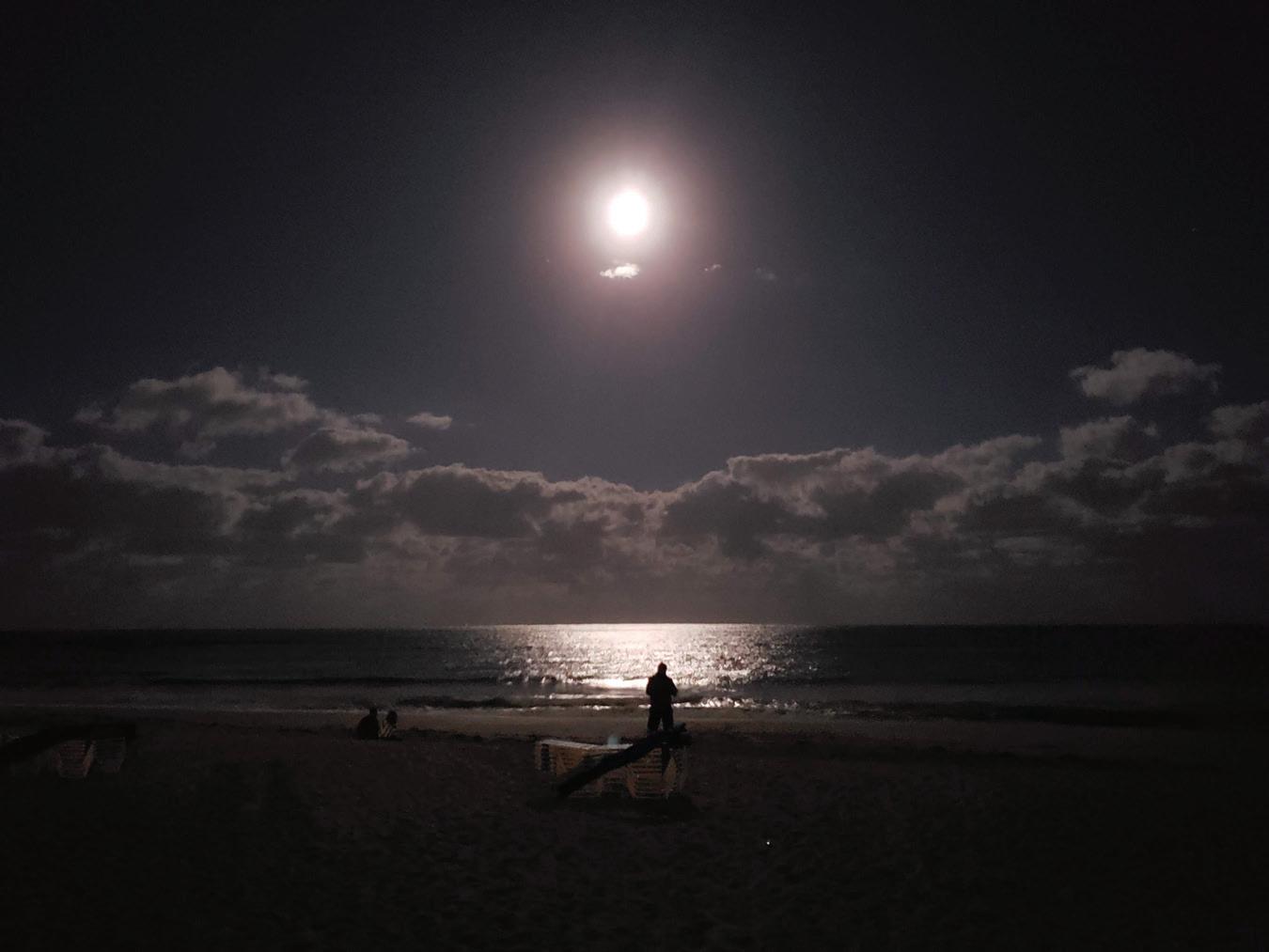
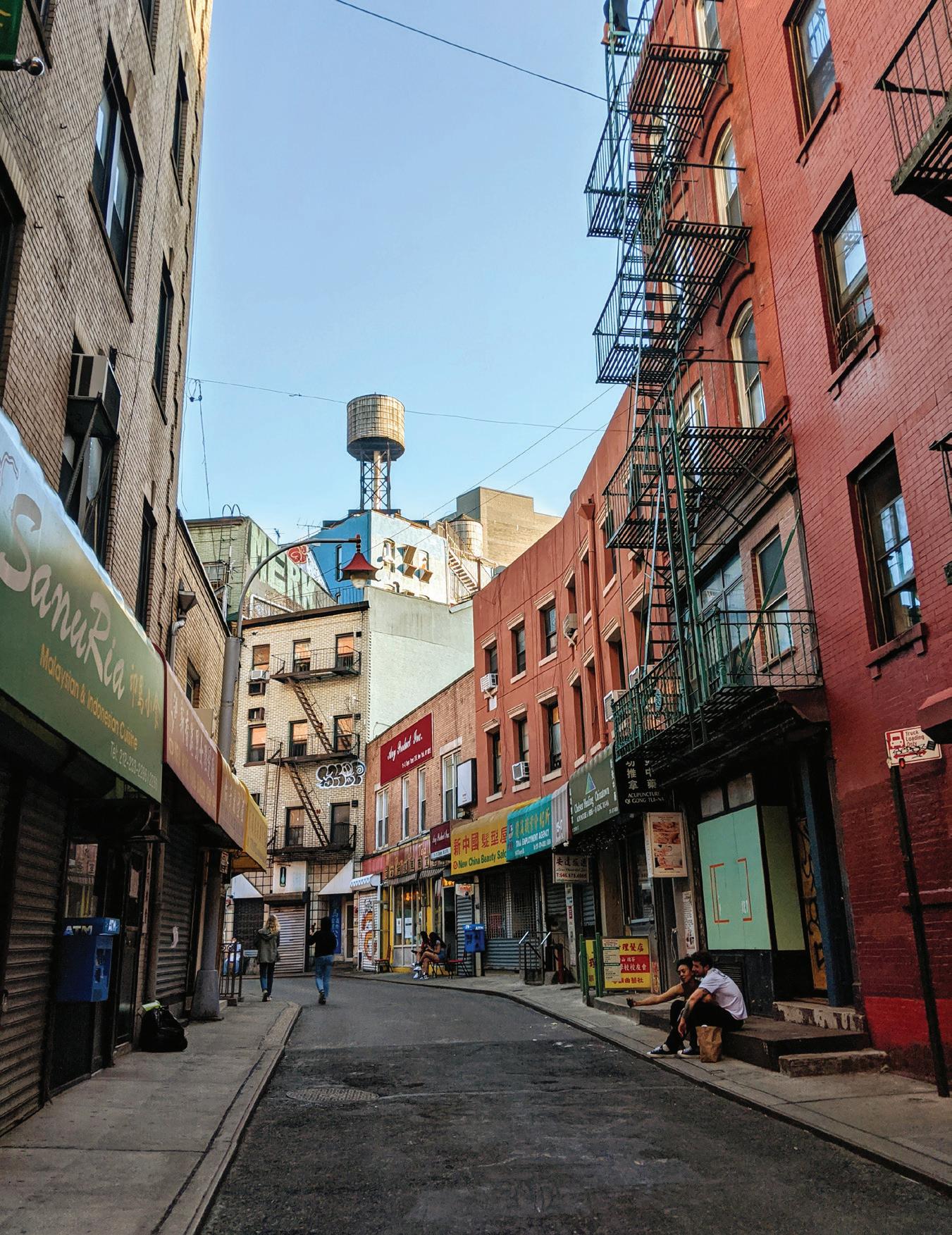
Yesterday it was clean sunshine, high-80s, the streets became a boardwalk. Today is drizzling, blanketed in grey, 50s, solitary.
The city has always been fickle about the weather this time of year, coming out of a long dark slumber. Just like us. There are good days and bad days.
Like the day you went back to work, everyone missed you and it was so good to see all the students. And she was there, the one that got you sick – but you forgave her (I haven’t). And you walked to the grocery store, and it was okay.
But there was the day they gave you flowers, but you couldn’t smell them yet, and you felt so tired and slept half the day, warding off the heavy ache in your bones.
Some days you are the cherry blossoms, trying to bloom, beautiful, fragile, temporary -- petals torn away by sudden chills and downpours. We are all the green leaves, unfurling, returning to the trees
bringing oxygen back but unsteady, at mercy to the wind. It’s a long march to summer. But the days are staying, brighter longer. Your days are getting brighter and longer too.
The city is unsure this time. It’s been such a long winter, we’ve been in a dark fog of hibernation, hunkering down to weather the storm. And now we’re left with deep uncertainty. How do the tulips know how to bloom just then, each year?
I’ve seen you struggle to remember the patterns of this temporary life, and I think you’re trying to forget the past couple months. But you’ve been strong and found your way. How will we remember, how will we know, when it’s safe to bloom?
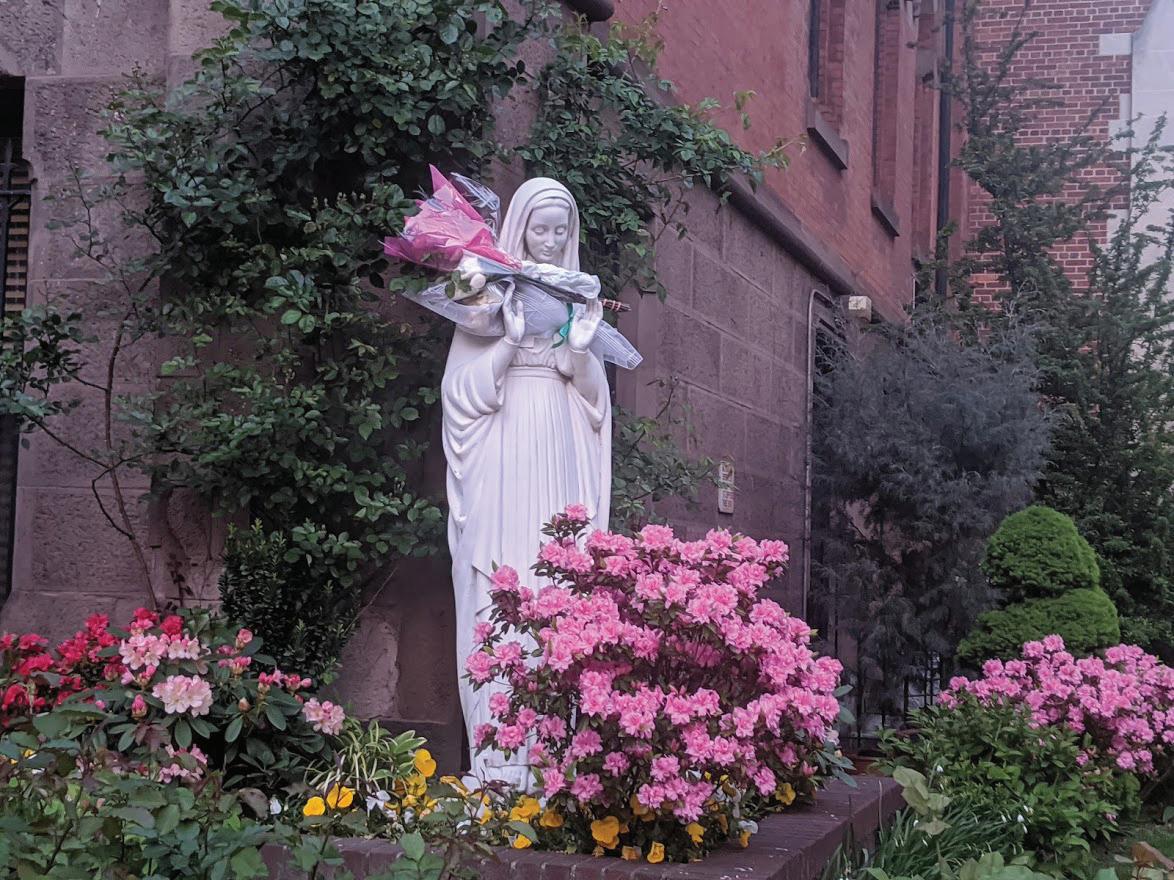 Photography Keith LaScalea | Associate Pro-
Photography Keith LaScalea | Associate Pro-
He found it funny that pain could be described in so many ways. He wondered at what point in our life we had finally felt them all. All the pains. If, when you’re at the end of your days, you could even have them guess which had been your favorite. Like a game. His was heartache.
Is ache a pain? I guess if it hurts, it hurts. On the other side of that one is love (real or imagined). What’s on the other side of acute chest pain? Maybe a boring old heart that beat as it should, unencumbered, not gasping for air. But no, heartache is special. Even young hearts recognize it. Imagine an emergency room full of middle school children. Those classrooms have probably seen so much pain. When is it that they learn the alphabet? OPQRST.
[We pause to take it all in.]
The worst is when they don’t love you back. Right?
[I pause to swallow.]
It happens to most of us at some point. You know why it’s my favorite? You can bounce back. You just suddenly… regenerate. One day, you wake up and go on about your life as normal. As if you hadn’t been hit by this… thing that took over you, shamelessly, unapologetically. As if the cold cleared. You can breathe effortlessly again.
[I chuckle sadly.]
And then, a little inkling of hope. Ah. It feels good to bounce back. In that sense I know it’s possible at least. My banged-up knee will never be the same. Life for me will never be the same if I lose my sight. But you will. Bounce back, I mean. Be careful though. You’re in the business of healing other’s pain. Make sure you see it, treat it, leave it. That ache will be unbearable. I suppose most people never experience that one. If you let it accumulate, you will never be the same.

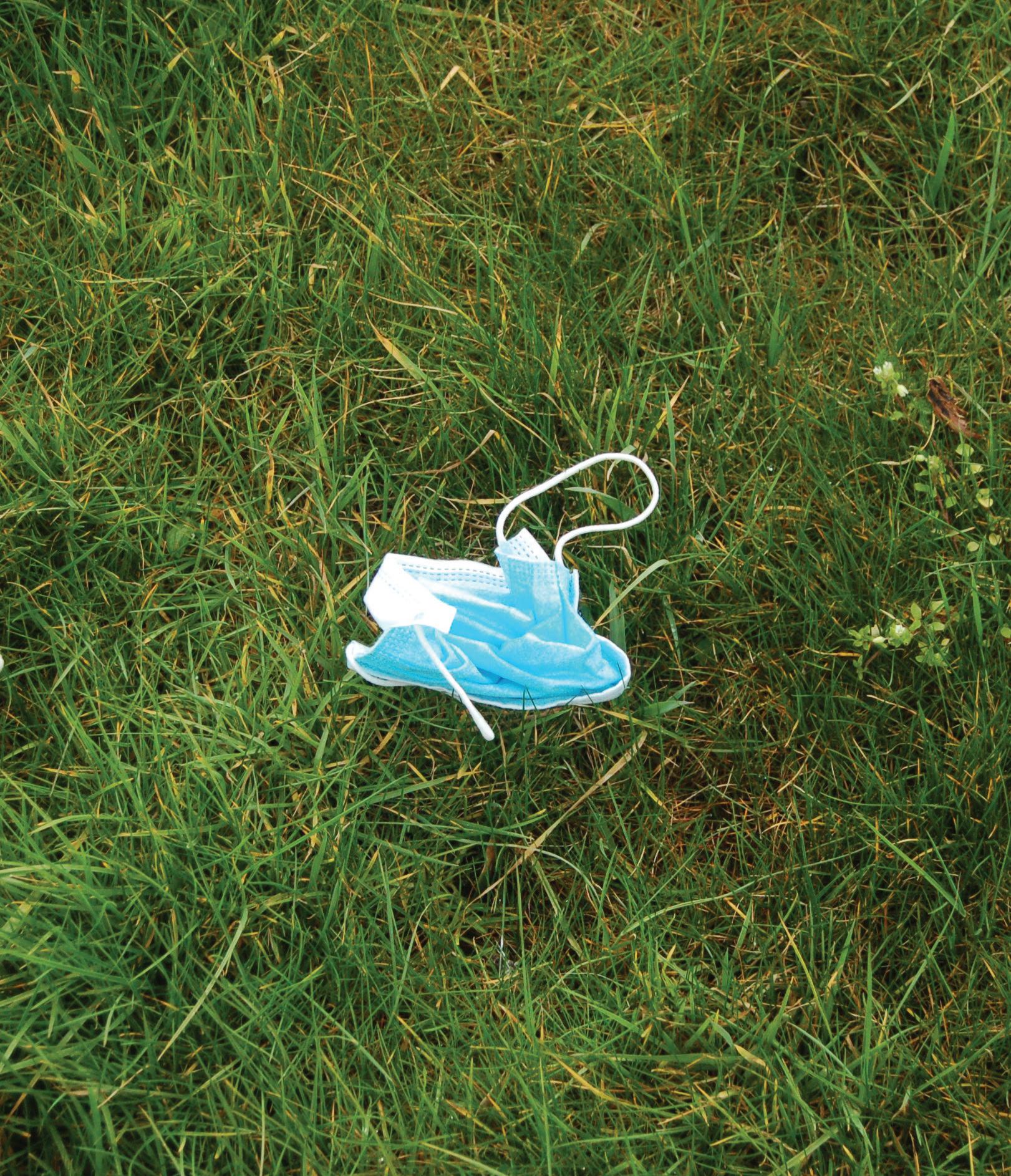
A habit takes 27 days to learn but it takes months to re-learn to breathe
A slow extraction of what you remember life to be
A dull acceptance of what it now is Their ghost won’t haunt your corners or your dreams. Songs will soon be just that - songs. And you’ll tell yourself you’ve moved on. It takes a night by yourself With yourself For yourself
To settle back into yourself.
You’ll feel it click, Your soul and your skin shifting back into place. And you’re alright
Or maybe not entirely but you will be Soon.
It’s not forgetting that does the trick, It’s the remembering, The recognizing, The re-organizing. You’ll know who you are now better than you had before And you’ll re-adjust to this new identity
You’ll feel the swoop before the drop and know what to look for. You’ll allow yourself the moments of happiness And you’ll think back to when they seemed far away
You’ll keep your feet on the ground and brace for the impact, You’ll hold your breath.
You’ll remember to let it go. You won’t let yourself fall again.
And if you do, You’ll know what to do. You drowned in yourself before But that just means you know how deep you can go That just means you’ve learned how to swim.
You’ve lost yourself before. You’ve hated yourself before. But that just means you’ve loved before. And you can love again. But in the meantime, Allow yourself to exist
In this moment
Allow yourself to be And soon, you’ll re-learn to breathe
While learning this piece (choreographed by Theresa Stone) I was instructed to dance from a place of pain and hurt and channel those emotions into my movement. This past year has been one of heart break for many of us, myself included, and I used those feelings to guide how I interpreted the lyrics of the song, the choreography that I learned, and my freestyle at the end of the piece.
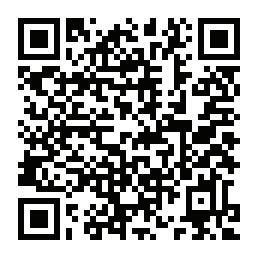
A system works just fine until it doesn’t. The world halts to a stop and the stench of my failure is suffocating. I repeat to myself like a mantra “there is no way to go but up,” yet I wake up the next day, and my shaky fingers find their way into the dirt, digging deeper.
My universe is neurons befriending each other inside me to tell me something is wrong, everything is wrong, anything is wrong. My universe keeps me heaving through the night. My universe is anger. My universe is resentment.
My fingers itch at the thought of opening up my skull and taking my neurons apart, one by one, until all eighty-six billion are untethered. Broken down as if they never were, and rebuilt from scratch.
I wake up one day and cannot stand one second longer of this bitter taste of sadness in my mouth, the pain in my aching joints and the burning desire in my lungs to breathe.
I cut the threads that sank me with my bare teeth.
I rub the marks on my pale arms with shaky fingers.
There is a universe outside the one in my head and it is gentle.
Joints aching, muscles screaming, I run.
My feet slap the pavement and it is music.
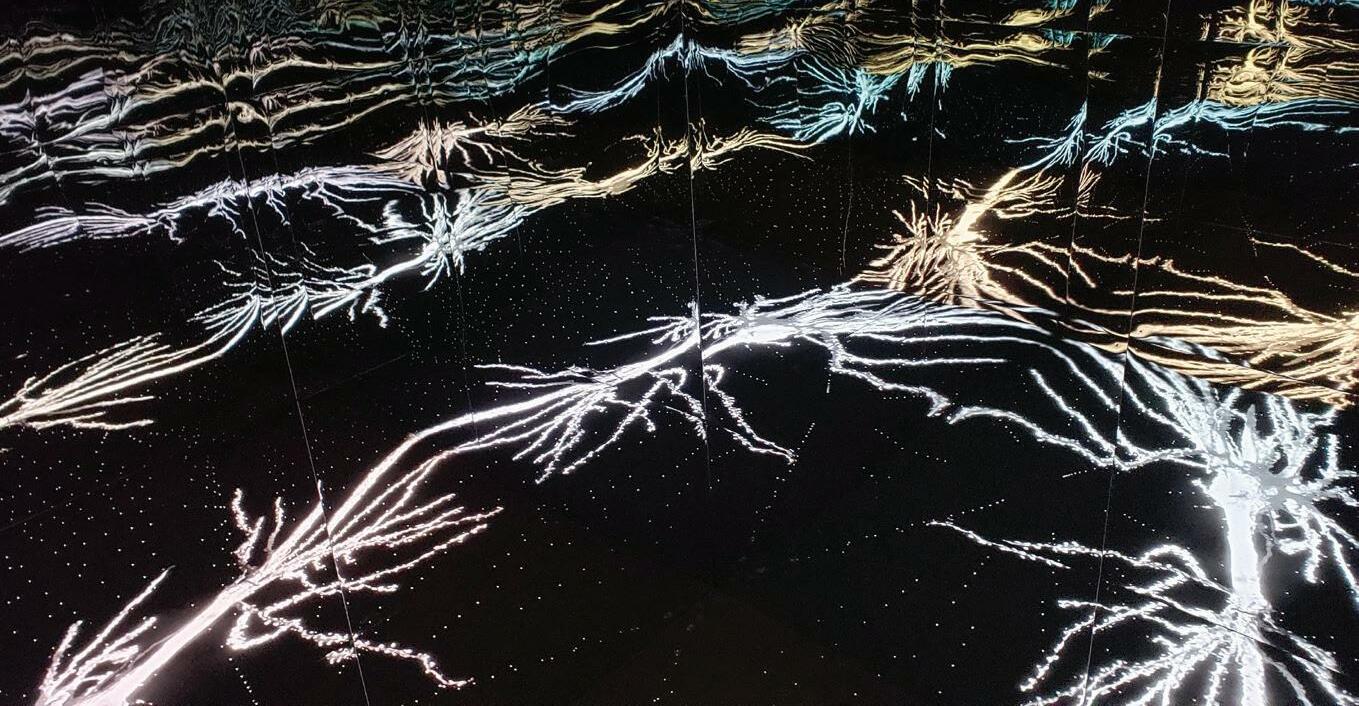
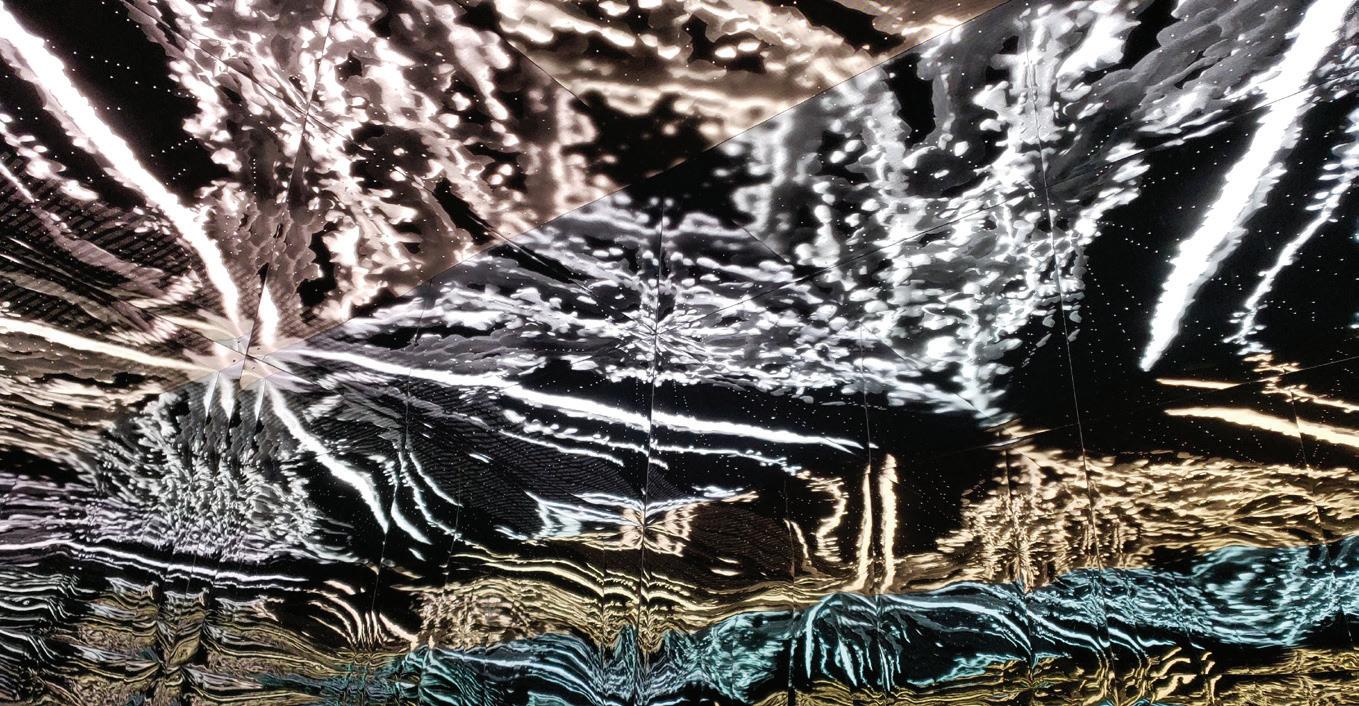

We are sitting in my kitchen and I am laughing with S and L about the people we used to be before medical school. I thought that a thyroid was fake! I didn’t know the difference between IBS and IBD! We are shrieking. I used to think that nerves were just electricity! The laughter is warm and fills the kitchen; it touches me.
Late that night, the thoughts touch me again, but instead of laugher, this time - cool memory. I did used to think that – that nerves were made of electricity. Nothing like the thick rope of white I held in my hand my first semester of medical school, as the anatomy lab instructor pointed out the sciatic nerve. All this time, I had thought that nerves were like water, moving inside of me in currents, in invisible channels. I had never thought that they would take up weight inside of my body, be something that could tear, rip, be crushed.
Clerkship year has been a year of learning many things. Where the hospital bathrooms are, which lunch options are your go-tos, how to talk to a patient who does not want to talk to you, what the face of a mother looks like when her child is dying. But of all the things I have learned, the one I keep coming back to is this: that the body is real, that it takes up space. That illness and disease take up space - that they change the body in ways that one cannot easily reverse.
I only really realized these things when I felt them for the first time. My resident directing my hand to the arteries of the leg of Mr. D on the table. The instant my fingers curled around them, I finally understood atherosclerosis. Plaque. Vessel calcification. His arteries felt like metal straws, the same ones I used to sip seltzer with when studying at night.
Like lightening, all of Mr. D’s symptoms made sense to me – how he said his feet were always cold, how he felt they never got enough circulation to them, how the skin on his legs was impossibly shiny and hairless, without blood to grow.
One by one, these abstract concepts that I studied in the classroom, difficult and almost impossible for me to fathom, came to life for me with the hours I spent in the hospital. The coagulation cascade – factors XII, X, V, II, protein C and S, Virschow’s triad – was Mr. S, and the thick, gelatinous, maroon-colored clots that the fellow fished out of his cold right hand using a balloon-tip catheter. It was the puddle of blood on the table that by the end of the surgery had turned into a puddle-shaped jello that I could poke with my gloved hands, watching it wobble and glisten under the surgical lights. It was the emergency takeback to the operating room for Mrs. B, who stopped producing urine five days after the renal transplant that had taken her five years to receive. In the operating room, her renal vein was engorged with clots that had formed overnight; I felt them resisting compression. The kidney was unsalvageable.
The tiniest invisible things - take up space.
We only have a handful of photos together. It’s true, I can flip through them in a few seconds. He’s not big on taking photos. I don’t like the way I look in them. Since the beginning of the pandemic, we have even less – the past year flies by far too quickly under my thumb as I scroll on my phone.
We have so few photos together. I wonder, what else is there to be left of us when we are gone. A few dried rose petals tucked away in a box, a sweater in my drawer, some birthday cards. A plant on my windowsill. Dust, yarn, paper, leaves – two years and counting of my life.
I love him, but I try to keep space between us. Try to limit the number of ways that he changes my body, my space. I force myself to spend time apart from him. I try not to keep too many clothes at his place. I want there to be less of him imprinted on me so that there is less to mourn over when he leaves. I tell myself, I am a pessimist. I tell myself, I am a realist. I do not have hope that there will be much more to our story. If I had a therapist, I would tell her, I know this is unhealthy.
But I can’t help it -
I love him. I want more. More time, more space, more of him imprinted on me. So that when it is over, I can know that the concept of us, of we, of him and I, had meaning, took up space in this world. That for a brief, gorgeous moment, we existed. That he existed, in my world. I want us to be a heart, a limb, something I can put my hand on, feel, point to. This is the sciatic nerve. This is where it came from, and this is where it goes…
Sometimes, I feel like I am a vessel - not something to be held, but something that holds onto what it is given. In the operating room, I watch as the surgeon holds onto the catheter and clicks a button with his foot. The machine starts whirring – and in a breath, the screen flickers to life, gorgeous contrast swirling through the arteries, unfurling, like lightening, like tree roots. Inside, there is a river of blood raging, moving, pumping to the rhythm of the patient’s pulse beeping in the room. There is life there - and illness, and disease.
But on the outside, the patient is asleep, her leg motionless. And in the next breath, the image is gone, screen blank. Nothing to suggest it existed in the first place, that it wasn’t just my imagination. Again. Again.
Over the past few weeks, the sun has grown weaker, dilute. It is almost November now. The light is pale and dusk falls so early in the day. I have to force myself into the cold and dark when I get back from the hospital. I am not fast, or tough, or strong. I have to stop for air, gasp a little.
But I trundle along the path by the river, the city growing upright in the distance. Since starting medical school, I’ve worked out more than I have in my entire life. Perhaps it’s the start of a good habit, perhaps it’s the fear of seeing what can happen to a body that drives me.
The air is so cold, but I grow warm as I run. I imagine my arteries clear, beautiful, soft, pliable. Keeping my weak heart strong. It will always remain with me, even when he is gone.

It’s time to stop relying on safety harnesses and backup lines
I cut the cord because it’s better in this instance to meet the ground
As it rises to meet me at the beginning of the end again
The wind screams secrets in my ears I don’t catch
It couldn’t say anything to get me to look back up
Because I can get through this Step back into the picture frame and walk around
In that precious, cruel moment forever preserved
I would take her face in my hands and wipe away her tears with soft thumbs
Press my forehead to hers and say, “The failures are too many to count, but I’m still here.”
She woke up on the wrong side of reality
So my eyes meet hers and I tell her to get up
It’s time to stop relying on help and looking to the hills
I peer into the chasm before me and grip her hand
We take a running leap into the deep end
The water whispers to try and guide me further down It couldn’t offer anything to make me pay attention
Because I have to get through this
I would race and run until I find her sitting shivering in the snow
I would take her hands and squeeze her tight to show her real warmth
Press my forehead to hers and say, “The world is too big to carry, but I’m still here.”
She can’t see the light at the end of the tunnel
So my voice softens and I tell her to keep trying
It’s time to stop expecting others to take action and offer their hands
I stare down the wall we’ve made and raise the hammer over my shoulder
The bricks protest too much while they’re being laid to waste They swear they don’t serve the power I think they do I can’t listen, I know now what I have to do Because I can live through this
I go back into this memory of hers decorated with ripped edges and muffled voices
I would tap her shoulder and she spins to meet me without a spark in her eyes
I would press my forehead to hers and say, “I stopped waiting and I’m still here.”
I don’t think I can ignore this need anymore So I take my hands out of my pockets and bend to her level And I tell her I’ve always been here
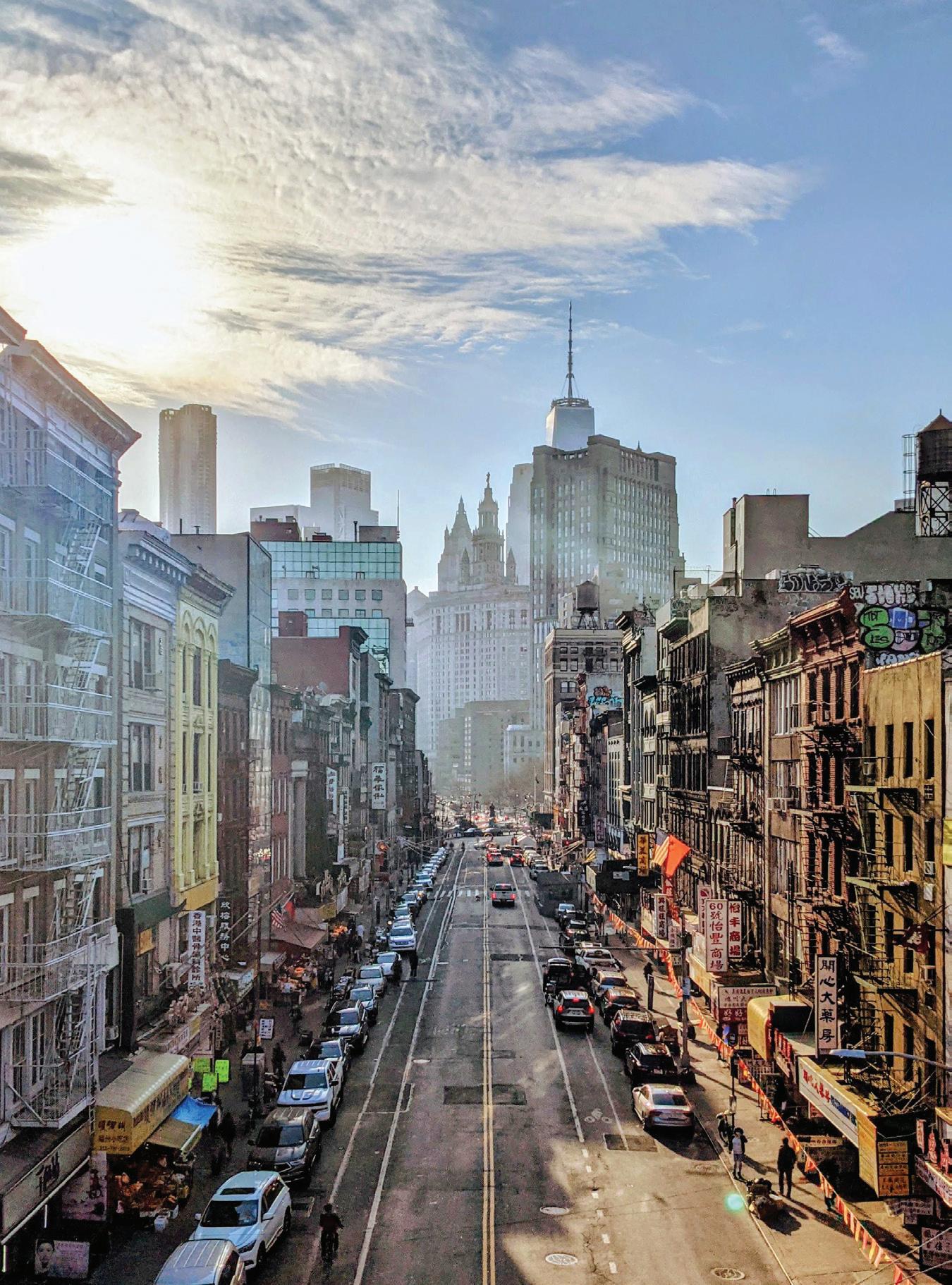
I carried her home, wrapped in my coat, braced against the February winds. Little did I know that this small addition to our family would be our last purchase made in person without wearing a facemask, at least for now, certainly for awhile. I had seen the graceful smile of the gardener as she wrapped up our new plant in gentle tissue paper to guard the fire-hardened ceramic pot in which the plant had stretched its tender roots. We walked home underneath the shaking train tracks. We walked slowly despite the wind. Our dog sniffed every possible scent and we let him linger while I kept the plant warm. We didn’t breath deeply, but we should have. We should have breathed so deeply that the wind would make our lungs hurt with that beautiful, sharp pain of a lingering winter and a promised spring. We walked the stairs up to our apartment and placed the new plant in a patch of sunlight on the windowsill and heard a story on the radio about the numbers of a far away virus and we changed the station; rather, we requested that Siri change the station.
A few more leaves sprouted on the plant over the coming weeks and then suddenly it stalled. It seemed like it had found an uncertain limbo trying to decide whether to thrive or wilt back. The poor plant likely could have been helped with a bit more attention, but we became distracted. My husband’s general surgery residency program in New York had redeployed nearly all residents to grapple with the expansion of the ICU first from the second floor of their hospital up to the third, fourth, fifth, and sixth floors. The building only had seven floors. I worked furiously on my dissertation while he was in the hospital. I was furious at a society that was letting this pandemic rage; I was furious at a virus that was ripping people apart; I was furious at myself for not being at the side of my closest friends and loved ones in the hospital. The leaves bent a little lower and I cracked the window open slightly to let in a breeze. At 7pm, the cheering echoed in the silent streets below and I wept.
Grocery shopping became a stealth mission and one I nearly failed when I forgot an essential ingredient to accompany our excess of shelf stable goods: garlic. I struggled with the thought of waiting in the enduring line
a second time in one day when we had so carefully allocated our risk. With laden arms, I stopped in the corner store to see if they might have any dusty heads of garlic on a back shelf. Quietly, the man behind the deli leaned over and pushed a ball of foil in my hand with 6 peeled garlic bulbs inside. Hope comes from humble places.
In May, we had a routine. I watered the plant, walked our dog, and worked at the desk next to the windowsill with the plant until the sun would set. My husband would come home with a scabbed nose and exhaustion barely letting him up the stairs. I washed his scrubs, brought food to the table, and did what I could to steel him for the next day. Some nights he would tell me about his day; about admitting his co-resident’s mother to the ICU once she couldn’t breath on her own; about the unflappable PA who had given all of the interns a crash course on ICU basics when all the residents were overwhelmed; and about the memorial they held for him when he was taken by COVID just weeks later. Some nights I would distract him with idle stories about the new stem that had sprouted in the planter.
Our world shrunk and became wholly important to our survival. We were cut off from family, friends, and the thought of normal. My closest confidant became the handyman working on our street. We measured time in terms of railings left to scrape, clean, polish, and paint. With the world on pause, it made us hold closer those around us. Pleasantries disappeared and they were replaced with heartfelt whispers of encouragement. Strangers became surrogate family because they were all we had. I defended my thesis over zoom, intensely sharing six years of blood, sweat, tears, and discovery to my committee. After hours of discussion, examination, and shaking in my bare feet, I received my doctorate in a quiet home, with a sleeping dog, and a plant thriving with its leaves to the sky. A few more stems pushed through the soil, intent on surviving, and my husband came home.
Things moved quickly after that. The neighborhood refused to be broken. The nightly cheers for the frontline workers transformed into rally cries for justice. A desperate, broken world was intent on making itself better than its former, tarnished norm. I returned to medical school, thrown into a hospital that was battling itself as much as it was the pandemic. In the midst of clerkships, I came home to a plant slightly neglected and soon overwhelmed by suffocating webs of spider mites. We were humbled together down to our very cores. Cut back, we pushed forward, unsure of our capacity.
The hospital became my education into this new world we were trying to build out of the chaos. I watched residents who had been in the peak of the pandemic just weeks prior, stretch themselves thin to help teach a new
group of students. I was grateful for the nurses and PAs who would catch my eye, and move a step slower so that I could learn how they did their efficient magic. Steadily, we stepped into the team and learned the craft of medicine – not only the clinical care of the patient, but also the work invested behind closed doors, negotiating across care teams and systems to give the best chance possible for the patient to achieve a better state of health. I couldn’t have been more grateful to the immense teams of people that shared with us their finely tuned skill. These fire-hardened individuals had glints of fury in their eyes and carried trauma in their hearts for all that they had seen, but yet, they carried on without pause.
After one particularly long day, I walked across the lobby with my senior resident, past the preserved posters and signs proclaiming, “Thank you, healthcare heroes!” I turned and asked, “How was it, really?” He turned and gave me the same look that I had seen so often in my husband’s eyes and watched him recede into memories of darkness, despair, and hurt. “It was worse than I could have ever imagined. I didn’t know what I was doing, but we had to do it. We didn’t have a choice.” Then he brought out his phone and started laughing, “But check out what we had!” Flipping through photos of overgrown residents squeezing themselves into a childsized train, he shared a story about finding the toy train car in a back hallway of the pediatrics unit that they had converted into an ICU. For a few brief moments, the tired and worn residents had raced across the hallway in the train laughing so hard they cried.
Stories like this abound in the hospital. They’re found just one thin layer below the ferocity that serves as armor against COVID, against injustice, and against what can seem like insurmountable odds. These are wonderful, incredible, and vulnerable humans who together have preserved our hope of humanity. In times where there was a virus that was indifferent to death, they created a difference of life.
Now finishing my medical school clerkships, I sit, typing at the same desk next to the freshly regrown plant. From the single remaining stem emerged a new offshoot. The stress had caused a subtle change and had shifted its colors to a marbled green that persisted and thrived. We can never go back to how we were before, nor should we. We are a generation of students that has been brought up and trained by those who were thrown into a pandemic unprepared and unprotected. In turn, they have prepared us with their generosity, with their knowledge, and with their grace. While they served, we had the luxury of embracing and fostering the best of humanity to ensure that the patients they sent back into the world were returning to something worthwhile. Now we have the privilege of bringing that humanity back to the forefront of healthcare, as it has become our
armor itself. We are stronger for our humanity and for the sacrifices people made when they were not given an option. It is our obligation to our patients, to our teachers, and to each other to rebuild ourselves into something that strives to become ever more human.
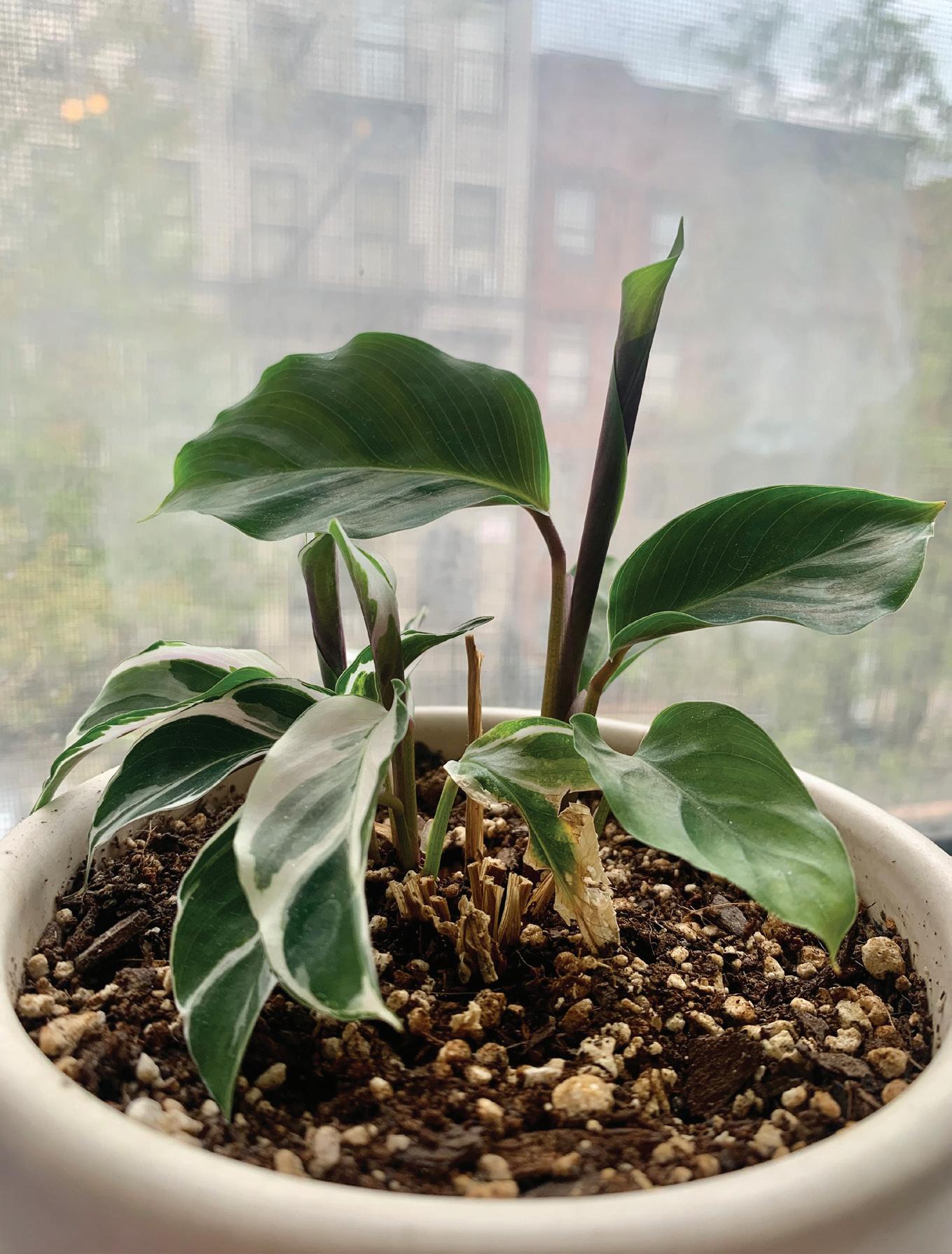
SARS-CoV-2 has relentlessly tortured and traumatized humanity throughout the pandemic’s reign. However, all is not lost. Vaccination is key to stop the spread of the disease, and thus, brings us one step closer towards herd immunity. A fully vaccinated Earth, along with the maintenance of Covid protocols, is what will finally save us all from this raging pandemic.

All of a sudden there arises
A slab of concrete sidewalk
I can’t dive deep into the pool and dance
Around down there
All I can do is walk on air While stuck just above the surface
The water is comforting, warm to the touch
Above the surface is windy, unfamiliar I look longingly down into the depths
See shapes undulating and the footpaths I used to take I test each new piece, fearing it is fake Making my way just above the surface
My fingers write sonnets in ripples
But cannot penetrate further My words are carried away instantly by the gusts
From this realm I can see my old world
I try to grasp at shades escaping from my fingers curled I am the only above the surface
The days rattle on without ceremony
The sidewalk tracks tesselate and breathe I recognize little still, all is strange Even if I try to fall back into the sea
My limbs are motionless for they disagree So I stop fighting, stop fixating on where I used to exist Keeping my peripheral vision just above the surface
Through the quicksilver clouds, light is cutting
The wind dies down and the surface becomes glass The boundary becomes more solid, the ocean is more shallow I never knew what I was making, or that I was creating I thought I was disconnected, not waiting Terraforming this world above the surface

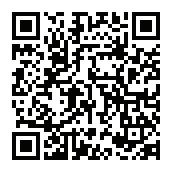
This song is an Argentinian classical song in the style of Milonga which is kind of like a cousin to the Tango. Milongas have a way of being super dancy and fast, as well as the ability to be very slow and emotional. This song is played a bit slower to really allow those feelings and catharsis to come through. I recently learned this song and enjoy it because it reminds me of my grandmother. My Lola would have loved this one.
The Lee family’s daughter, Jean, reunited with her mom at the nursing home after being separated for 13 months from visits during the height of the pandemic! With a heartfelt intention I am petitioning the universe to aid all of us to live and love our families and friends in peace without the haunting fear of racially targeted violence, crimes and hate words.
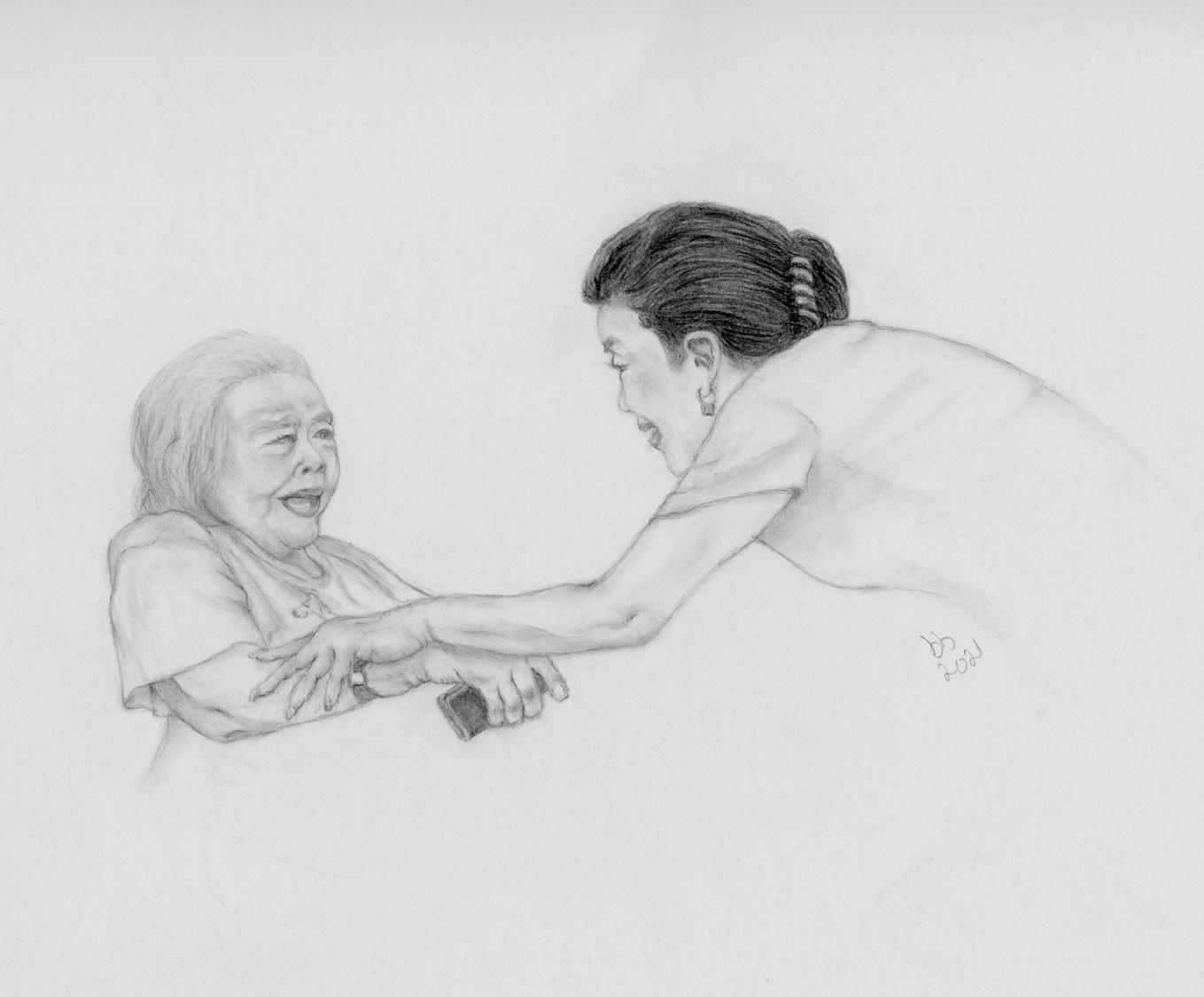
Anonymous
A fashion designer in the Beverly Hills of South Korea became a homemaker in a small New England suburb.
Fancy cocktail parties and vacations turned into homecooked meals and weekend hikes in the local park.
Her broken English went from pleasant dinner conversation to attempting to decode the jargon of a hepatologist.
Her husband was the one who knew English fluently—but he was getting too weak.
Hands that meticulously drafted clothes for models became hands that flipped anxiously through stacks of his health records.
The joys and promise of newlywed life turned into fear, then desperation.
A giggly baby boy soon might not have a father.
But her decision to stay and to have hope became a second liver, a second chance.
“One year left to live” turned into “he’ll probably outlive you.”
Faith only in herself turned into a faith in Christ.
An accomplished husband poised to head his company became a semi-retired husband receiving disability benefits.
But that husband still brings her flowers and makes her laugh until her stomach hurts.
Her affluent lifestyle went away with the medical bills but was replaced with a sense of peace that money could not buy.
Valuing comfort gave way to valuing contentment, health, and life.
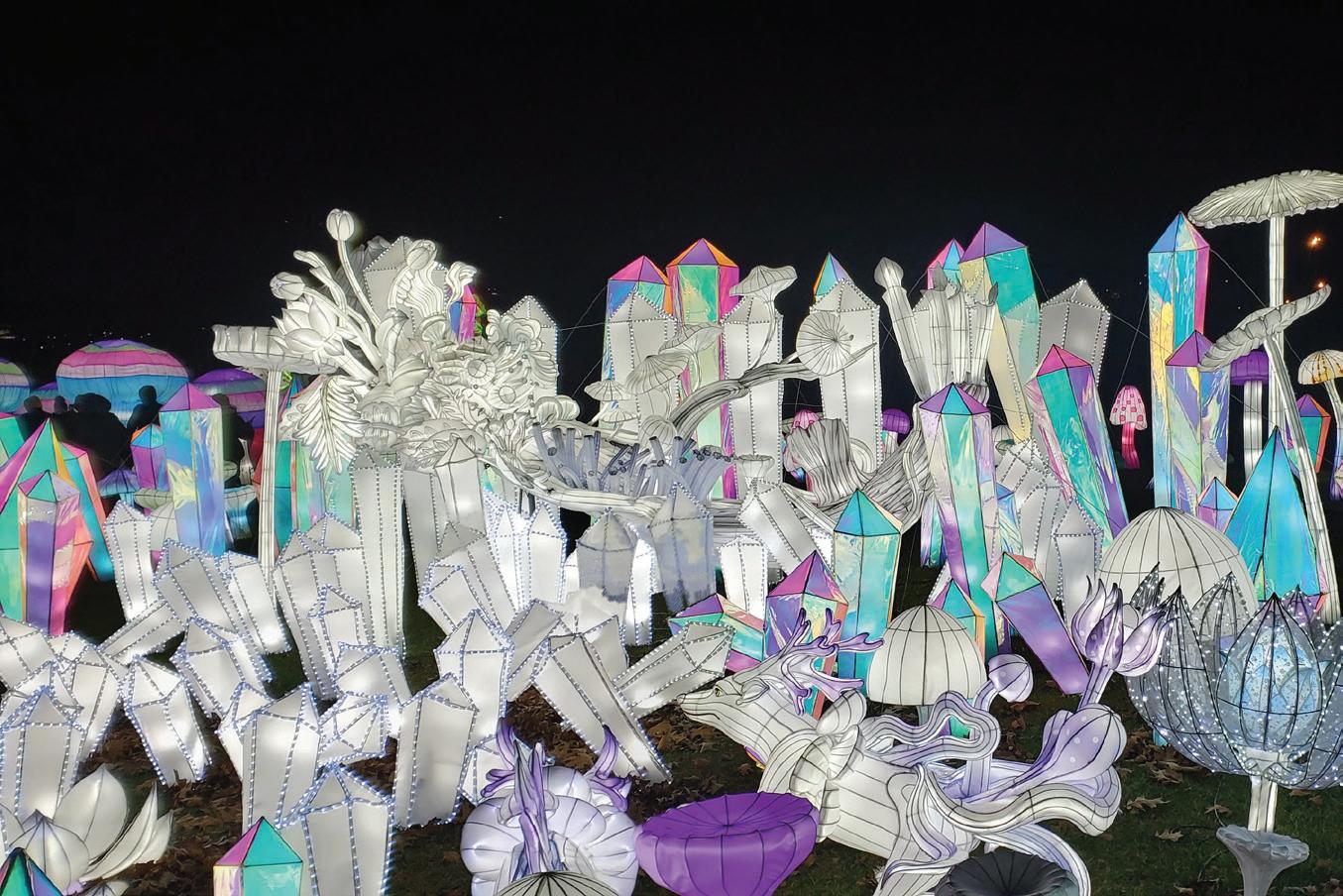
When there was a homeland an Ireland and there was, it was in foreign fields, green fields. And it was ours for a moment And then it was not. And it was not ours in victory nor in defeat. It was ours for hours because we were there and because it was not ours. Souwon, Sicily, Stuttgart and Seville. On the one road, singing a song.
The homeland is the lie serves those who shape borders in their head. Who will div ide and conquer who, steely-eyed, unflinching, see exclusion through.
But this home lies too far for love. And there is no homeland that is forever. There are green fields the world over where the fortunate can sit awhile then leave. Leave the dead behind and go not home But on their way,
singing a song on a new road. Perhaps once there was a homeland an Ireland for an instant but the night blinked and it needed to be a black day and a tan day and we understood, all things change.
Room is required now for these people who do not kill us who flee from killing fields who will define us and our sorry little borders and walls and wailings about the loss of home.
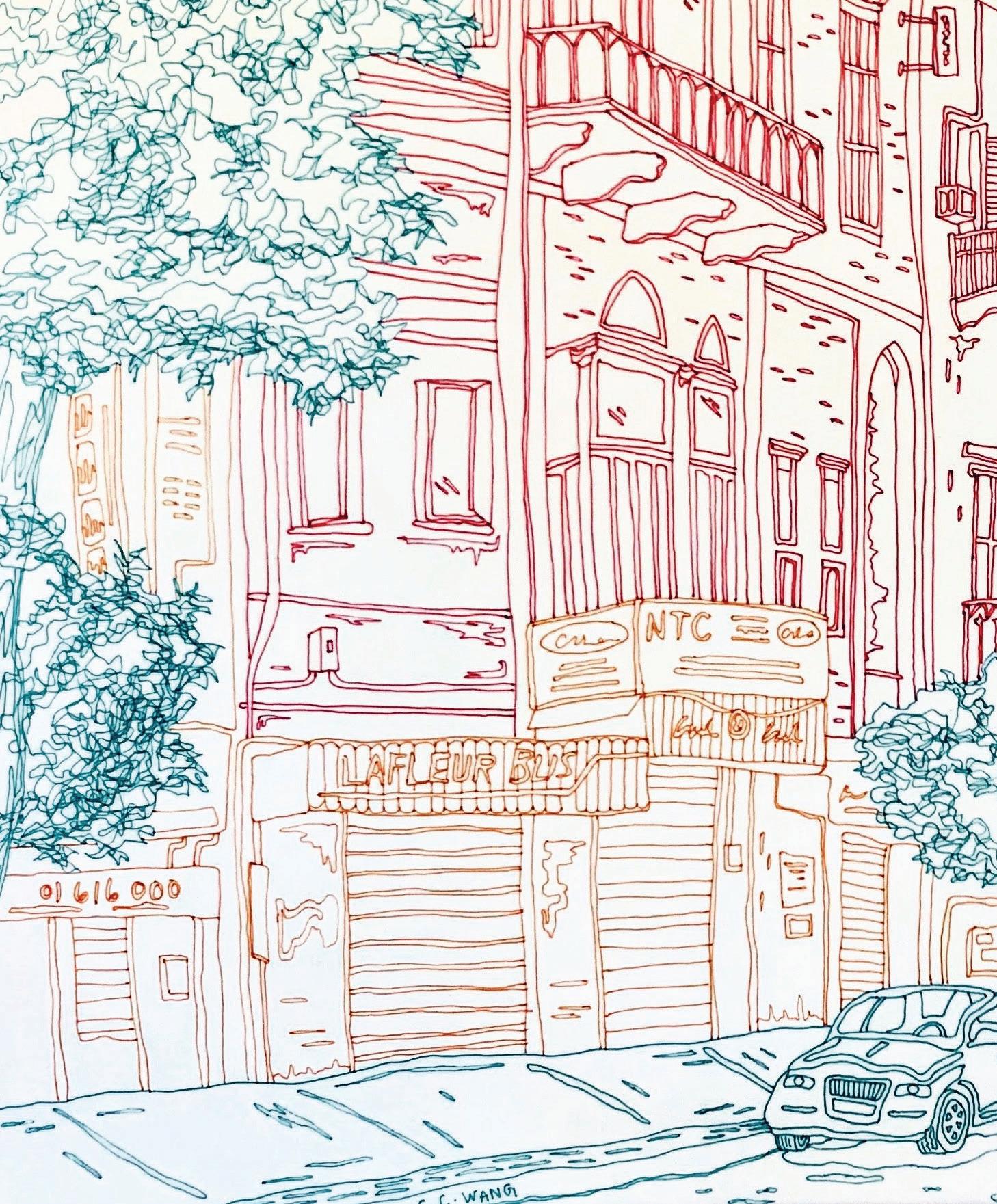

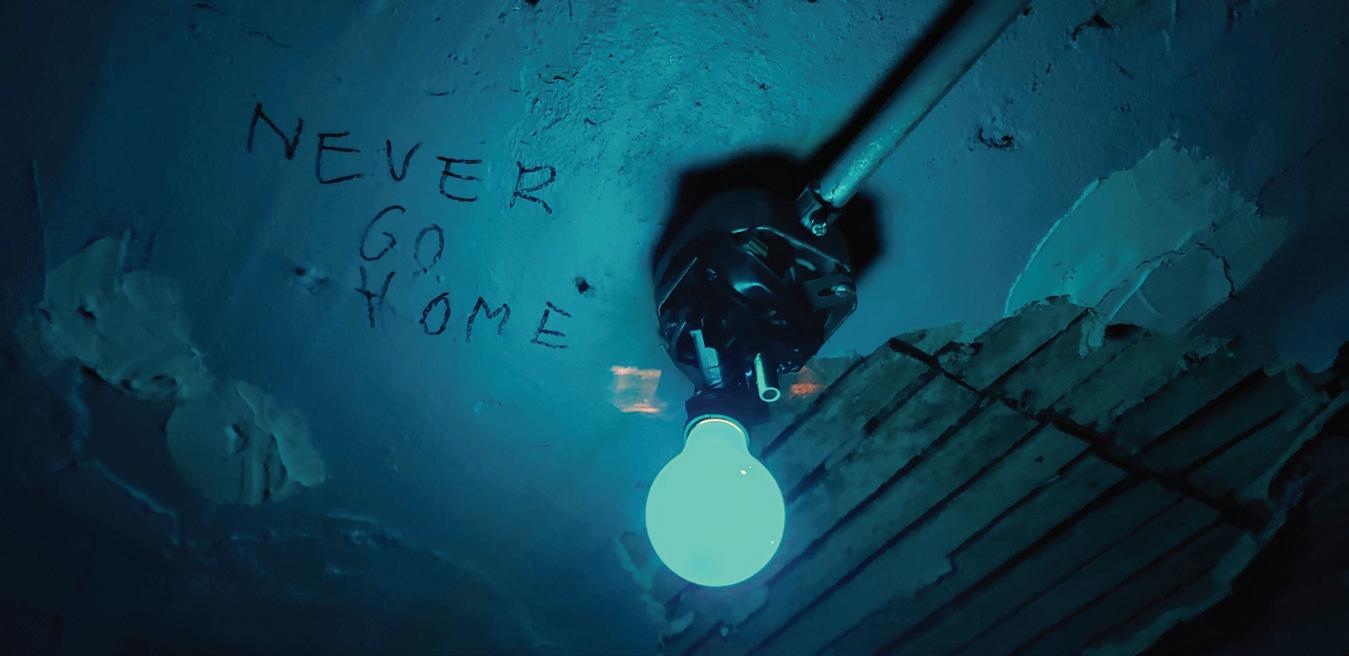

The A minor arpeggio that opens the Led Zeppelin rock ballad is probably one of the first melodies I remember hearing and then immediately wanting to learn. While awaiting arrival of an acoustic guitar that my parents ordered for me, I marked six long lines on a previously broken Tae Kwon Do wood board, and added perpendicular lines to represent frets, and then started practicing (what a surprise for my left-hand fingertips when the steel-stringed acoustic arrived!). Fifteen years later, at Cold Spring in upstate NY, I met Cole Hirschfeld (WCMC’18) on the MS1 hiking/camping trip, and we started a weekly collaboration during much of MS1/MS2, arranging duets for two acoustic guitars. Our arrangement of “Stairway To Heaven” is featured here and represents something we both cherish; it was our go-to song at prospective student revisit days. During MS1MS2, our time together allowed us to give something musical to the community and also served as a creative balance to the ever-ongoing classroom learning and exams.

I am the empty space left untended
Even stars flicker
Light will dim sometimes Bursts of flame come flying free recklessly
On some nights some fires look brighter Even stars burn out Even stars die
I am the trees in winter
Appearing dead yet still alive
Deep within me something is stirring
Whilst my leaves have fallen
A blanket on the forest floor to keep me warm I withstand the hellish landscape Frozen over
Standing tall still with heaps of snow Buckling my branches
Don’t know when it will go
I am the cocoon and closed inside
Maybe one day soon I can paint the skies
With cirrus clouds and deep purples
Aquas and royal blues with dots of cumulus
I would make them in your image
That could be your legacy
 Photography Tara Pilato | Medical Student, WCM
Photography Tara Pilato | Medical Student, WCM
Nature’s best weed, seeking growth, competes
Reaching for sunlight, sucking up moisture
Gaining each day, getting greener and stronger
Borderless lawn, like a mat, undamaged as yet Hapless, trampling feet strike in ignorance
Anchored firmly, roots unseen, soil nurturing life
In contrast to barren land, a treasury for food Insects climb the blades, dropping off to another Birds swoop, landing on stems, transient bends
Beaks swiftly nudge, morsels of food gathered Relief, flight regained, vegetation resilience Grass oblivious of its gift to life, to creatures
Dewdrops shrink in the warmth of the morning Winds shake the blades, aquiver, as if in a dance Life sustainer, unacknowledged, taken for granted
Only to suffer the ultimate fate of being shortened Regarded as too long, too high, too untidy to see Cut down without request, reinvigorated to regrow
In a never-ending cycle of natures best pastime Absorbing and releasing essential life elements
Contributing to the purity of air that we all need Ladybirds add colour splashes, red, black, on green Bees buzz, hover over flowers, gathering nectar Nestling between petals, brushing stamens
And the earthworms beneath are all unaware



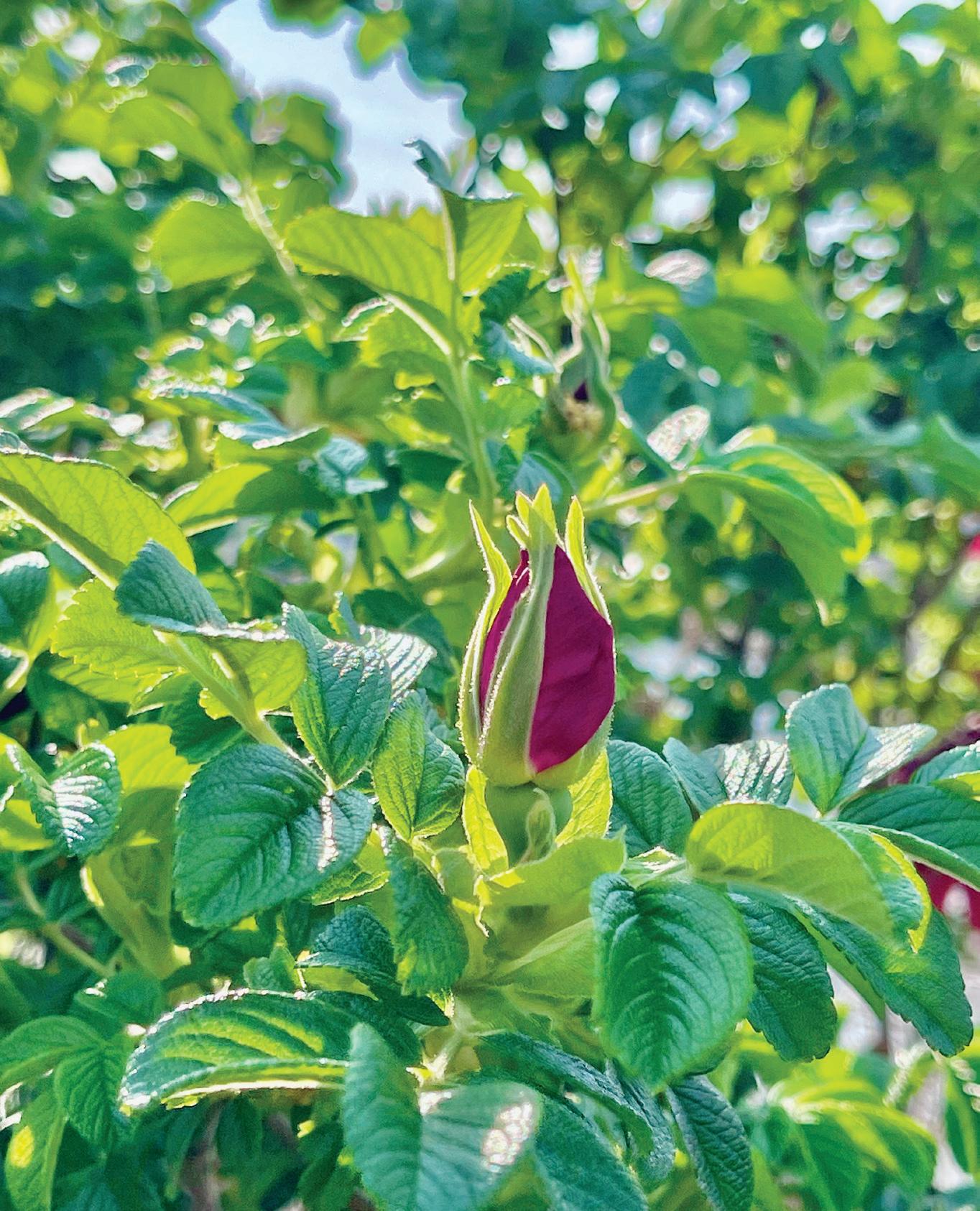
You enter the platform. A myriad of words/phrases engulf you – ‘awesome’, ‘beautiful’, ‘can someone help’, ‘please advise’, ‘what is happening?’, ‘how can I make it better?’, ‘superb’, ‘so pretty,’ ‘how can I save this?’, ‘gorgeous’, ‘amazing’, ‘I am losing this’, ‘the African violet is sad’, ‘it is deteriorating’, ‘transplant shock’, etc. The chatter is incessant. Photos and videos are shared throughout the day and night. The love expressed is palpable. Much effort and time is invested – a labor of love! Stories told encompassing failure, success, tenacity, diligence - kindred spirits coming together. Colors explode throughout the platform – creating a multitude of facades – picture perfect – each glorious with nature’s splendidness!
Caretakers describe and discuss signs and symptoms – white patches, worms, infestation, discoloration, brown spots, seedlings, root rot, trimming, pruning, fungus growth, etc. Differential diagnoses and treatments are also discussed. Worm infestation, fungus, snails, slugs, nutrient deficiency, spider mites, etc. Treatment modalities vary depending on the presentation of signs/symptoms and the diagnosis. Laboratory tests and imaging modalities commonly used by physicians to help with diagnosis are generally not required. Treatment can be quite varied – too much sun, time to shift, too little sun – time to shift again, stop over-watering, nutrient deficiency or nitrogen deficiency – let’s talk, better to water after sunset or early morning, offerings to babysit plants (didn’t know that was a thing), air circulation is low, trim it, pruning time, heat stress!
Exotic names like Annikonna Poove, Frangipani, Indian Lilac, Molokhiya, Rangoon Creeper, Coral Vine, Bokashi Composting, Foxtail, Agave Attenuate, Pothos are floated around. If you haven’t guessed yet - it is a Facebook group with gardening enthusiasts named Qatar Gardeners! Of course, I am a gardening novice, but being a medical doctor, the group resonates with me. The care, empathy, and professionalism we use to care for our patients, all the group members exhibit incessantly – of course for plants, flowers, vegetables, fruits, trees, or any green space. From sharing of signs and symptoms the plants/flowers may be afflicted with to diagnosis
and treatment – all are explicit. There is excitement as seedlings grow and the first shoot rises out of the soil like the excitement, we feel every time we see a live fetus on ultrasound in a pregnant woman. The joy we feel at each birth – that joy reverberates in this group similarly for the beauty of nature and anything which grows from the soil – the magnificence of Mother Earth. As physicians we listen to our patients, they listen to their plants/shrubs/grass/flowers, etc. The care showcased by the caretakers is exemplary. As physicians have a duty towards the patients, the gardeners lovingly care for their gardens/plants/green spaces. They seem to be on call 24/7! No duty rosters or appointments are needed though. The caretaker gardeners himself/herself seek out the subjects – as opposed to patients seeking help from doctors/healthcare professionals.
I love the community in the group – it’s enthusiasm, the feeling of camaraderie, sharing, community, mutual respect shines through. Much can be learned from them. The passion, excitement, eagerness to learn and share knowledge and skills, diligence, and resilience are some noteworthy elements. The group provided many individuals an outlet during the COVID-19 pandemic, supported individuals during the lockdowns with positivity and helped them engage in a new hobby, and maintain good mental health. It certainly lended to positivity and creativity! I have the greatest respect for all who garden, sharing indoor/outdoor plantbased happiness – the creators of green havens! As Rudyard Kipling said, “Gardens or not made by singing ‘Oh, how beautiful,’ and sitting in the shade.” Let’s contribute to our planet, support the environment for sustainability and for our future generations by promoting the green movement. As Michael Pollan says, “The garden suggests there might be a place where we can meet nature halfway.” Let’s endeavor to meet nature halfway!
Happy Gardening!
 Photography Keith LaScalea | Associate Professor of Clinical Medicine, WCM
Photography Keith LaScalea | Associate Professor of Clinical Medicine, WCM
Let us for a second consider the cornflake
Corn of the field is crushed
Macerated and hydrated into goo
Pressed onto mocking plates
Like dead pirates’ or bald bankers’ pates Then
Extruded.
Baked.
Is this in any wise Delightful?
Is this the wages for an eyeful?
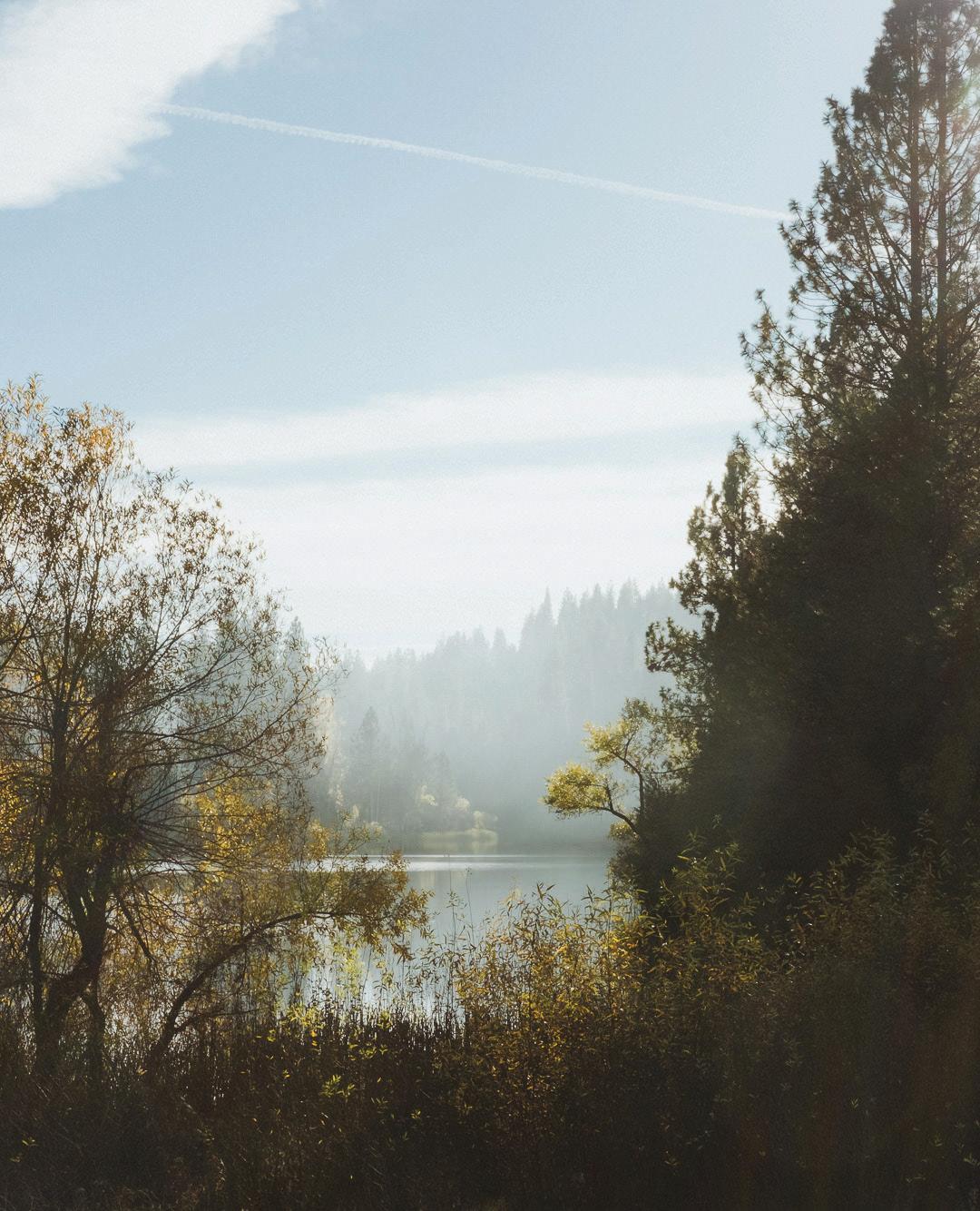
I can’t stand it, I know you planned it I’m gonna set it straight, this Watergate
I can’t stand rocking when I’m in here ‘Cause your crystal ball ain’t so crystal clear
So while you sit back and wonder why
I got this fucking thorn in my side Oh my God, it’s a mirage I’m tellin’ y’all, it’s a sabotage
So, so, so, so listen up ‘cause you can’t say nothin’ You’ll shut me down with a push of your button? But you, I’m out and I’m gone I’ll tell you now, I keep it on and on
‘Cause what you see you might not get And we can bet, so don’t you get souped yet You’re scheming on a thing that’s a mirage I’m trying to tell you now, it’s sabotage
Why
Our backs are now against the wall?
Listen all y’all, it’s a sabotage
Listen all y’all, it’s a sabotage
Listen all y’all, it’s a sabotage
Listen all y’all, it’s a sabotage
I can’t stand it, I know you planned it
I’m gonna set it straight, this Watergate Lord, I can’t stand rockin’ when I’m in this place
Because I feel disgrace because you’re all in my face But make no mistakes and switch up my channel
I’m Buddy Rich when I fly off the handle
What could it be? It’s a mirage You’re scheming on a thing, that’s sabotage


To preface, let me state that this piece of writing is weird, even by my standards. Please read on at your own peril of losing brain cells.
One can define a ‘shower thought’ as those random thoughts that one gets, seemingly from nowhere, while undertaking a routine task such as showering. These thoughts cover the range from simple to complex, from one of small, personal nonimportance to one of great magnitude that alters the path of history, as when Archimedes came to the realization of the fundamental principle that bears his name. The etymology of the term, perhaps, is lost to time, but it seems very curious, at least to me, just how many of these epiphanies seem to come to us during our time spent spreading shampoo through our hair while showering, or playing with our rubber duckies while bathing, or browsing through random internet articles while commoding. It is to this last activity that I think my greatest number of shower thoughts, though likely on the account that I find commoding to comprise, of these three activities, the longest cumulative duration throughout the course of my day, or indeed, on average over the course of my life to-date, such that naturally the largest number of so-called shower thoughts would arise over the periods when I am sitting hunched over and peering at a small phone screen. Nevertheless, I have come to realize quite some years ago this creative opportunity, and to support and nurture these commode thoughts, I commissioned a 3D-printed low-polygon Thinker statuette, a full foot in stooped height, to sit atop the tank cover in pensive guidance over my daily or, more accurately, polyquotidian trips to find new bursts of inspiration.
Thank you for your patience; that was a long digression. Let me share with you the latest shower thought I had this afternoon, a version of which probably has crossed your mind at some point or another though perhaps not in the way I will present anon:
Hand sanitizer, napkins, paper towels, and toilet paper have been in the news quite frequently due to the coronavirus pandemic. We have all heard stories of shelves stripped bare of any and all cleaning supplies by a few select rotten apples who have undertaken for themselves the opportunity for arbitrage and price-gouging at the expense of their fellow persons’ health
and lives. It is regarding this last item – toilet paper, or TP for short – over which I had the recent polite argument with a friend of opposite gender, in which we each argued in favor of our own respective identified gender as to be the one with lower TP usage. I will not dwell further on recalling our arguments and counterarguments, for it was but a lighthearted conversation with no malice or ill-intent on either side, as we both knew that individual proclivities for cleanliness as well as efficiency of TP use impact greatly the rate of consumption. Maybe I will undertake further study on the analysis of gender-related usage of TP, but researchers at MIT have already conducted research into this topic,1 and it is not the point of this document.
§
So, to set the scene, I was gazing down past the top of my phone to the TP holder against the wall, within which a half of a roll, with regards to starting diameter, of TP was residing. Let us first define a few terms before continuing further: TPsheet refers to, obviously, the single or double-ply paper pulp for personal cleansing; TPcard defines explicitly the cardboard cylinder, per se; finally, TProll is defined as TPcard surrounded by TPsheet. Now, I generally like to provide a spare TProll before the one on the holder runs out, lest arises the awkward situation of hopping out from the bathroom, pants half-down (or up, depending on your level of optimism), in search of a new TProll. I have no strict guidelines, but as a rule of thumb I consider a half of a TProll remaining to be a good time to jot down a note on my mental checklist for placing a spare alongside the Thinker.
Now, I know that a half of a TProll with respect to diameter is actually much less than half of the sheets remaining, as there always is an inner empty core taken up by the TPcard, of which the majority of the population finds of little or no use regarding bodily cleaning except in contingencies. Further, even presupposing the limit as the diameter of the TPcard approaches zero, simple mathematics dictates that as the diameter of TProll increases, the diameter of TProll is not directly proportional to the volume of TProll, as the former increases linearly while the latter increases by the square of the radius of TProll. Therefore, let us figure out the answer to these scenarios:
1) If one-half of a diameter of TProll remaining represents the appropriate time to grab a spare TProll, just how much TPsheet remains compared to the TPsheet from of a new TProll?
2) Generalizing Question 1, how does the function of TPsheet remaining and TProll diameter relate in equation and graphical form?
We need to first determine a suitable candidate of TP manufacturer and model for analysis. This was limited considerably by the available number of manufacturers (n = 1) and models (n = 1) on hand, which turned out to be the intersection of Charmin and double-ply (Figure 1).2 In terms of specifications, each roll contains 221 double-ply sheets. A digital caliper was used to measure each sheet –115.8 mm x 115.8 mm x 0.25 mm in length, height, and thickness. Therefore, when rolled out completely, the dimensions of the entirety of the TPsheet will be 25.59 m x 115.8 mm x 0.25 mm. Measurement of the outer diameter of TPcard after stripping away TPsheet was tricky in that the thin wall of TPcard makes for a malleable object difficult to accurately measure. Therefore, I simply cut a line perpendicular to the circular openings and rolled the TPcard out, giving me an outer circumference of 133.7 mm which corresponds to an outer diameter of 42.6 mm.
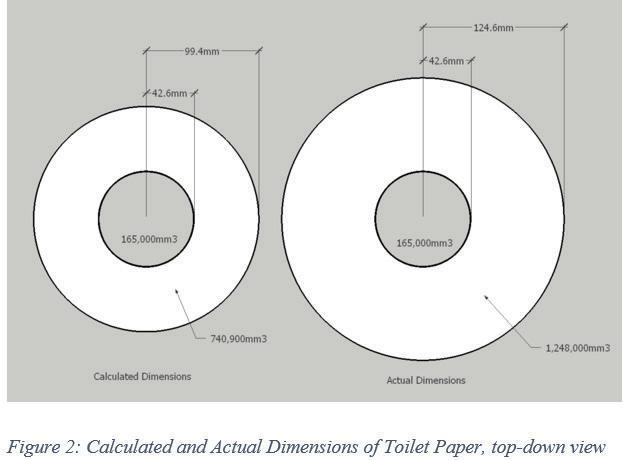
To calculate the diameter of TProll, we can first calculate the volume of TPsheet by multiplying the dimensions provided above to get 740,900 mm3. Using A = πr2, we find that the volume of TPcard, including the space filled with air contained within the inner diameter, is 165,000 mm3, or 21.2% of the volume of TPsheet and 17.8% of the entire TProll. With a total volume of 900,900 mm3 and a height of 115.8 mm, the radius of TProll is calculated to be 49.70 mm, equivalent to a diameter of 99.40 mm. However, digital caliper measurements of the thickness of TProll gives the actual wrapped thickness of TPsheet to be between 40-42mm, not including the thickness of the TPcard of 0.37 mm. Obviously, there are small errors involved due to compression of the TPsheet when measuring, but taking the middle wrapped thickness measurement as an approximation (41 mm), this amounts to a calculated TProll radius of 41 + 42.6/2 = 62.3 mm. Thus, the actual TProll volume is calculated to be approximately 1,413,000 mm3. This means that the actual TPsheet volume is 1,248,000 mm3 and the calculated void
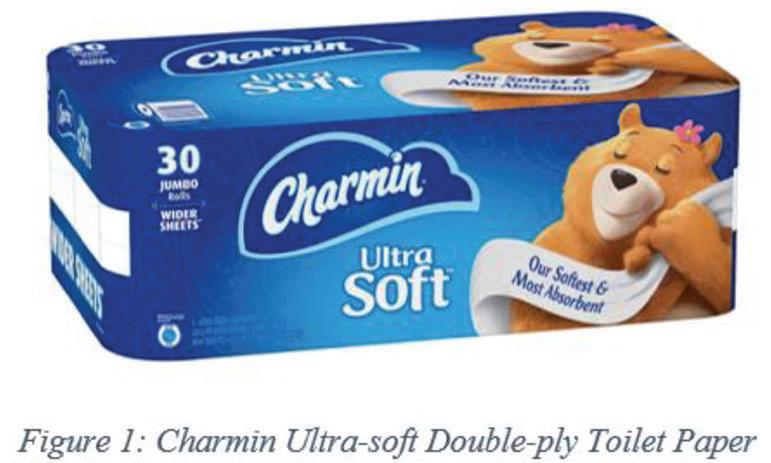
fraction is Φ = 0.59, leading to the fluffy and airy texture of the Charmin brand – “Please don’t squeeze the Charmin!”
§
With these measurements in place, we can now tackle both questions. Note that we will use actual measurements rather than calculated measurements.
1) If one-half of a diameter of TProll remaining represents the appropriate time to grab a spare TProll, just how much TPsheet remains compared to the TPsheet from of a new TProll?
A TProll begins with 221 sheets of two-ply. If a complete TProll has radius 62.3 mm (diameter 124.6 mm), then one-half of a diameter of TProll remaining yields a diameter of 62.3 mm. I love simple math! This equates to a volume of one-quarter that of what we started with, or 353,250 mm3. We previously established that the volume of TPcard, including the air within, to be 165,000 mm3, which leaves only 188,250 mm3 of TPsheet remaining: this volume equates to 15.1% that of a complete TPsheet, or approximately 33 double-ply sheets remaining. Note that the last few sheets hug tightly with adhesive to TPcard, and serve lesser utility, on average, than their predecessors.
2) Generalizing Question 1, how does the function of TPsheet remaining and TProll diameter relate in equation and graphical form?
This is a fun question, and I will first interpret ‘TPsheet remaining’ to the number of two-ply sheets remaining, and TProll diameter as the diameter, in mm, of the remaining TProll. Obviously, the former is bound on both ends by the starting number of sheets of 221 and by zero, and the latter is bound on both ends by a starting diameter of 124.6 mm and an ending diameter of 42.6 mm.
Let us assign the variable n to be the number of two-ply sheets remaining, the variable d to be the diameter of the rapidly shrinking TProll, and the constant h to be the height of TProll. Let us assign the constant Vsheet to be the volume of a single sheet of two-ply, the constant Vcard to be the volume of TPcard with enclosed air, and the variable Vroll to be the total volume of the TProll. Given the total volume of TPsheet as 1,248,000 mm3, we know that Vsheet is 5,647 mm3, and we previously calculated Vcard to be 165,000 mm3.
We can then relate d to n by combining the following two equations:
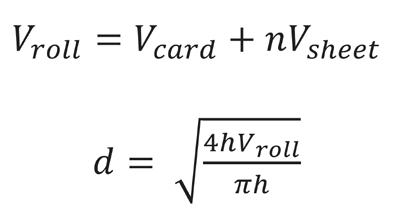
Let us plot this equation in Figure 3 from d = 42.6 mm to d = 124.6 mm, the full range between used and new TProll. The threshold of half-toilet paper remaining is represented by the red point.
Limitations of this analysis include poor generalizability due to lack of information regarding the thickness of a TPsheet between various manufacturers, variation among the intrinsic thicknesses of single-ply, double-ply, and tripleply (generally single-ply TP is comprised of higher pound (thicker paper) than the sheets of double-ply or triple-ply),1 and variations between dimensions and number of total TP sheets among TP manufacturers and models. Nevertheless, I hope upon reading this document you gain greater consideration of TPsheet remaining in terms of diameter of TProll so that no further TP mishaps occur.
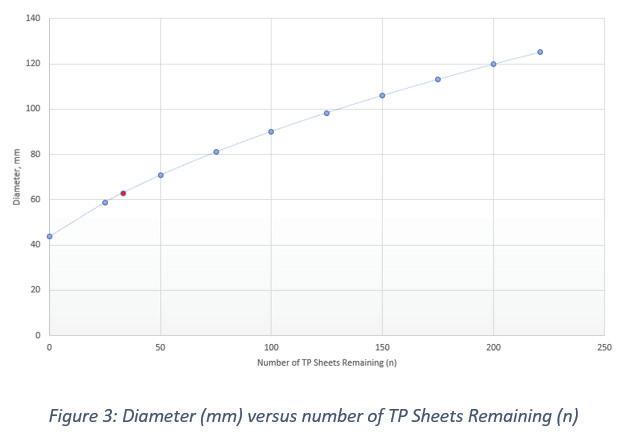

No TP was wasted during the course of this analysis.
1. MIT. Toilet paper - the interactive user experience of the last 1.5 centuries. http://web.mit. edu/barryk/Public/MIT/2.744/experienceAnalysis/general.html. Published 2006. Accessed July 12, 2020.
2. Amazon.com: Charmin Ultra Soft Bathroom Tissue, 2-Ply, 221 sheets, 30 rolls: Industrial & Scientific. https://www.amazon.com/Charmin-Ultra-Bathroom-Tissue-sheets/dp/ B07SX4X27P. Accessed July 12, 2020.

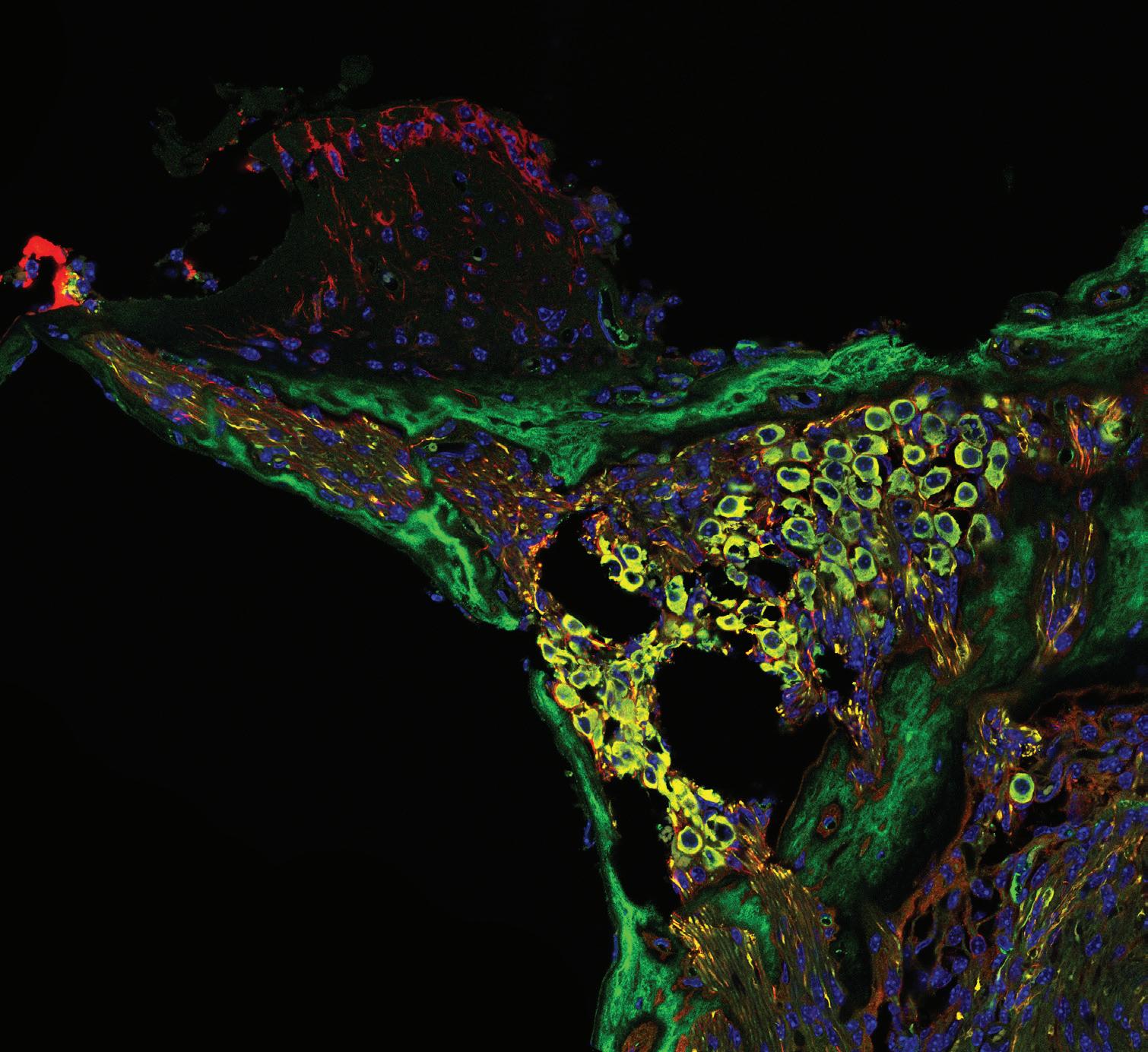

When I was a child, I had an obsession.
There is a cigar box in my drawer at my childhood home, shut with a flimsy metal clasp. It’s pasted over with pink paper, if memory serves me right, and paint, and perhaps glitter, and my name plastered on the front in faded stickers. Even after so many years, it’s still faintly sticky. It didn’t come to me like this, of course; we’d had an assignment at school—build a time capsule—and the teacher had handed it to me, bare, from a pile.
At first, I had balked. A cigar box! Then, however, I realized that I liked it. There was something about the concept of it—everything about it that was adult and deadly, sweet-smelling, odd, out of place in my hands as I turned it over—and yet, it was allowed to me. I could shape it to my will. I could make it into something else.
My fixation was not precisely the time capsule itself, however, but rather the contents.
At this point I was in third or fourth grade, and I had begun to grow clumsily into self-awareness. I could not only think, but rather also think about my thoughts, and sometimes I would spend hours alone in my room in contemplation of this curiosity. Yet, like a plant growing into too small a space, I was quickly struck by a strangling fear:
The adults around me didn’t think understand that I could think!
To some degree, I knew that they were capable of interacting with me, of sometimes considering my opinions, of smiling at me and treating me kindly. Yet, I knew that they could also be cruel, ignore my wishes, and thus control my life in any way they pleased.
From the moment I realized this, I couldn’t rest. With mounting horror, I understood that I was a prisoner, living out my sentence until I
was grown, condemned to the whims of people who did not believe that I was capable of thought. I wasn’t human to them, not yet. For years, I burned with humiliation and quiet fury.
But when that time capsule assignment fell into my lap, I sud denly realized something crucial: there was one adult who knew that I could think.
Or rather, there wasn’t yet.
But there would be.
And so I took up an index card and a pen, and in English and Spanish or perhaps Hebrew—I don’t remember—I scribbled out a few pedantic details about my life, and then, in a forceful hand, wrote myself a command:
And I have.
I’ve always had a hard time with pediatrics. It’s only natural. It reminds me of my time capsule.
There’s a common scene in pediatrics: the child being wrangled for the shot, or the blood test, or the bad news. It’s always similar—the child’s face red and contorted, sometimes being restrained, crying loudly, desperate (sometimes the parents laugh)—and I still have trouble with it. The intervention is usually necessary, it’s good, it’s usually something they’ll appreciate later.
But the pain right now matters too, doesn’t it?
The doctors don’t seem to notice this. Perhaps they’ve put enough of a wall between them and the child, distanced themselves in that sense; after all it’s not like they can spend the day in crippling pity every time a child expresses anguish. It’s a common sight. When a baby is born, it cries.
Still.
I’ve often been taught to humanize adult patients. I’ve seldom
been taught to humanize children. When the child is older, the strange ness grows even sharper; I feel like I’m working with prisoners. There’s the child who’s quiet, or who’s not doing well in school, or nervous, and I wish I could tell them that I’ll listen and take them seriously. I wonder whether they’d believe me.
Recently, while working at a clinic, I heard a child confess—“It’s been really hard to do distance learning.” The parent was quick to re spond with a roll of her eyes: “Oh, it’ll be fine. It’s not that bad.”
I wanted to shout, yes it is—yes it is that bad! And it matters! Would anyone brush off another adult like that, if they were explaining something difficult about their life? Could you say it with a straight face? Would you dare?
I don’t think I could be a pediatrician. There’s too much wrong with the everything of it, in my eyes—not with the field of pediatrics, but with the condition of being a child. It’s one of the most accepted things in the world, and yet one of the strangest: why can you control the life of another human being? What gives you the right?
It’s a problem with no solution, of course. There’s no debating the fact that children are, in fact, less intellectually competent than adults, and to set them free too young would likely be catastrophic. It’s a fact of biology.
Still. *****
The part of me that’s still half-child, bitter, furious, doesn’t trust people who say things like I really like children. What do you like about them?—that old part of me seethes—do you like that they’re malleable? That they’re powerless? That they’re cute—but what is cuteness, if not a mockery that reduces them to an object of adoration? Do you see them as funny little imitations of an adults (do you understand that the adult is already in there?) Why do you want to spend time with children more than adults, anyhow? Perhaps it’s because, to a child, you’re an authority who they can’t help but listen to and depend on. To other adults, you’re just another person. Not to a child, though. Is that it?
It’s not always a very rational train of thought; I’m sure many people who enjoy working with children do so out of this very acknowledgement and pity towards their helplessness. Still, I haven’t let the train
thought fade away.
all,
promised myself not to.
There’s a slight chance that I’m projecting.
It’s a little bit ironic that I ended up so short. More often than not, I’m shortest person in the room. In my early twenties, occasionally, I’ve still been mistaken for a child by strangers; and even when I’m not, I often wonder whether my height affects how people perceive me, whether my thoughts are taken seriously, especially by colleagues in medicine. The effect can’t be zero. Being female doesn’t help.
Maybe it was God’s strange little game to make me this height, to trap me in my cigar box, condemned to a sort of perpetual infantilization. I try not to dwell on it.
Yet, sometimes, when I look into someone else’s eyes, I still catch that familiar look that one would typically direct towards a child: caring, doting, and yet contemptuous.
It chills me.
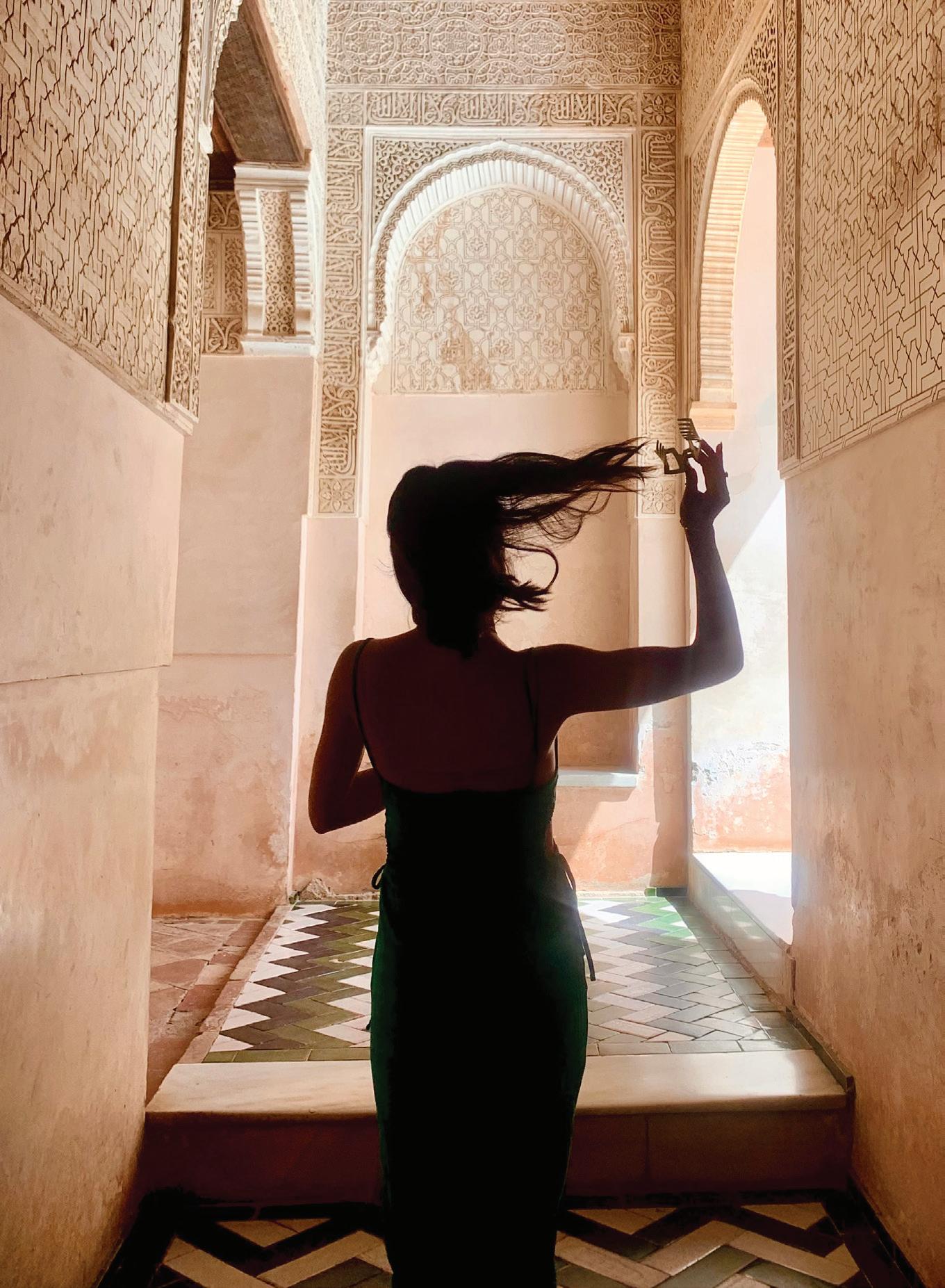

This song is also in the style of Milonga (surprise surprise) — but this one is more nuanced. This song is the quintessential Milonga (by Jorge Cardoso), has a range of emotions, and is better suited for dancing. Each alternation of bass and high notes represents a step taken by the dancers. This song was my white whale for a while. Whenever I hear this song, I stop in my tracks and just sit. I hope you enjoy it at least a smidgen of that effect.
Ascensus is a student-run organization at Weill Cornell Medicine whose mission is to bridge the humanities and medicine by publishing an annual journal and hosting lectures, workshops, and open-mic nights centering the arts. Ascensus was founded by a group of medical students in 2012 to provide a space for students to reflect on the practice of medicine. Since then, it has grown to engage all members of the Weill Cornell community, including medical students, graduate students, faculty, house staff, nurses, social workers, administrators, and more. Over the past ten years, our journal has featured rich visual, written, and multimedia work by members of our community.
The Ascensus staff takes pride in the quality and diversity of the creative pieces showcased each year and hopes to continue serving the community through this publication and our events for many years to come.
We would like to encourage all members of the community to continue pursuing their creative passions as they reflect on their professions and the human experience. We look forward to receiving submissions for next year’s journal!
Lastly, we would like to thank our advisors, Dr. Susan Ball, Dr. Randi Diamond, and Quincy Leon. Ascensus is published with the support of Weill Cornell’s Office of Academic Affairs, Office of Student Life, and the Liz Claiborne Center for Humanism in Medicine.
If you have any questions, would like to submit, or want to know how to support the journal, contact us at wcm.ascensus@gmail.com

